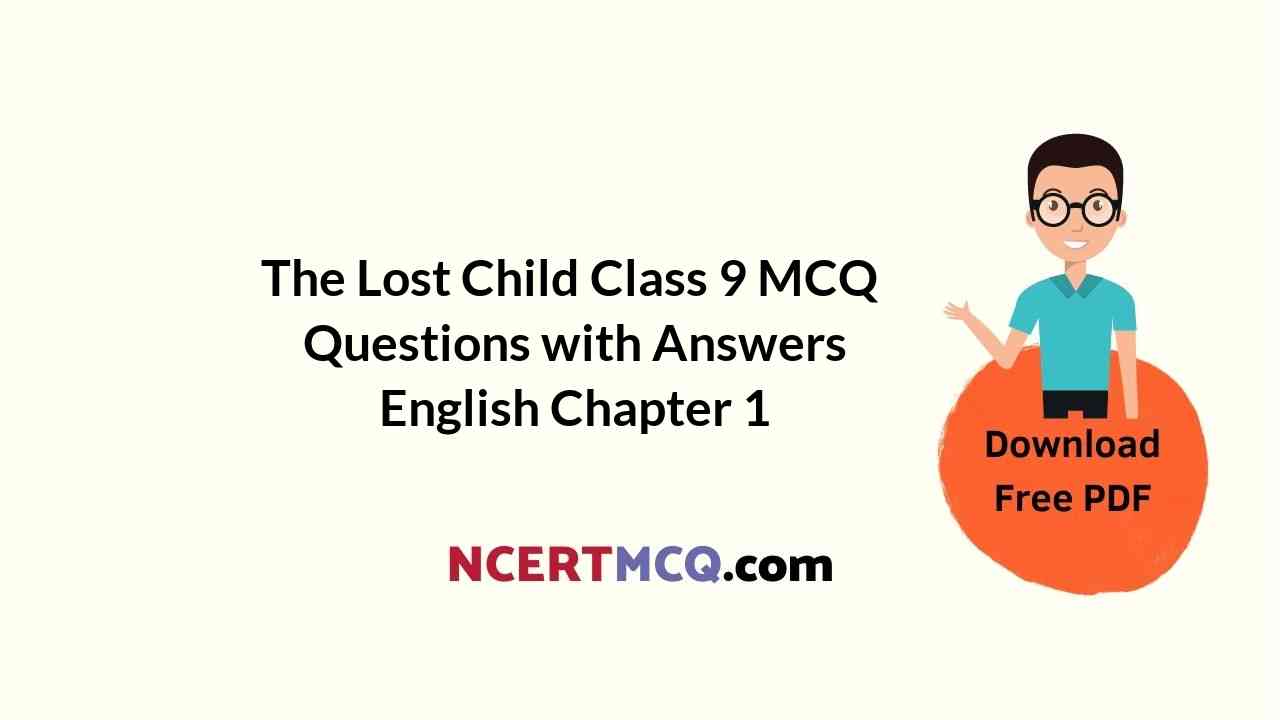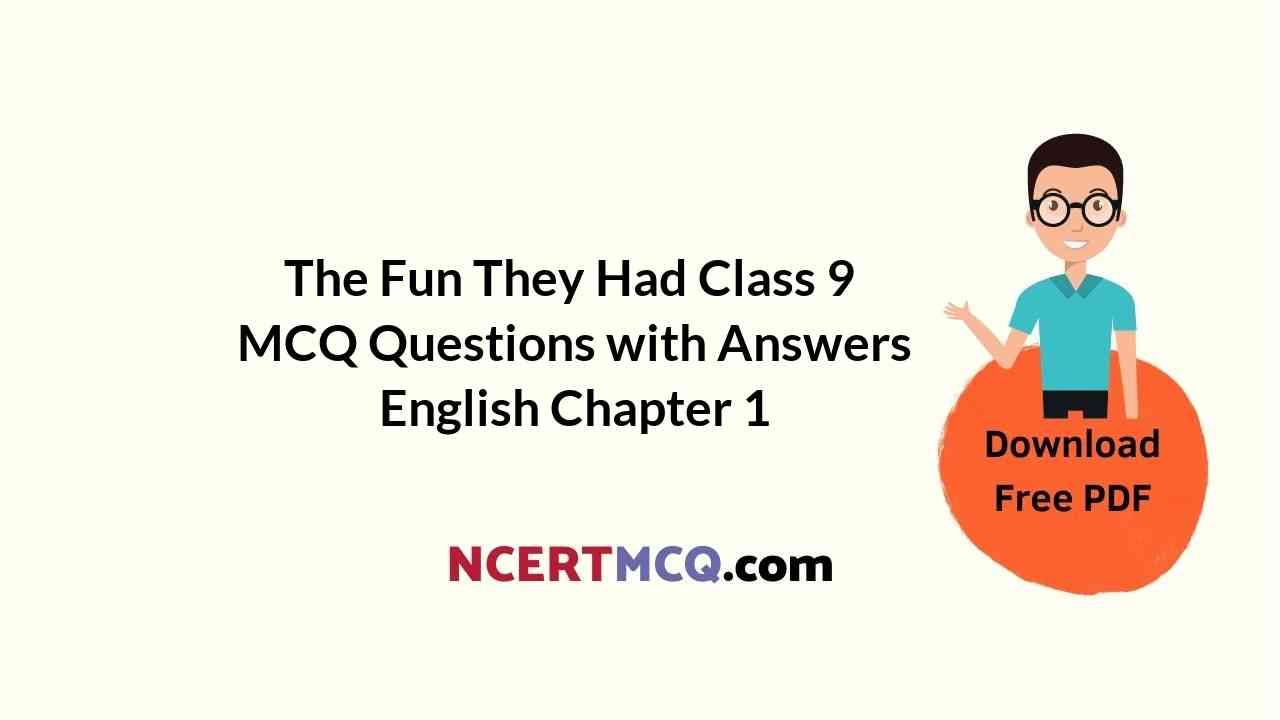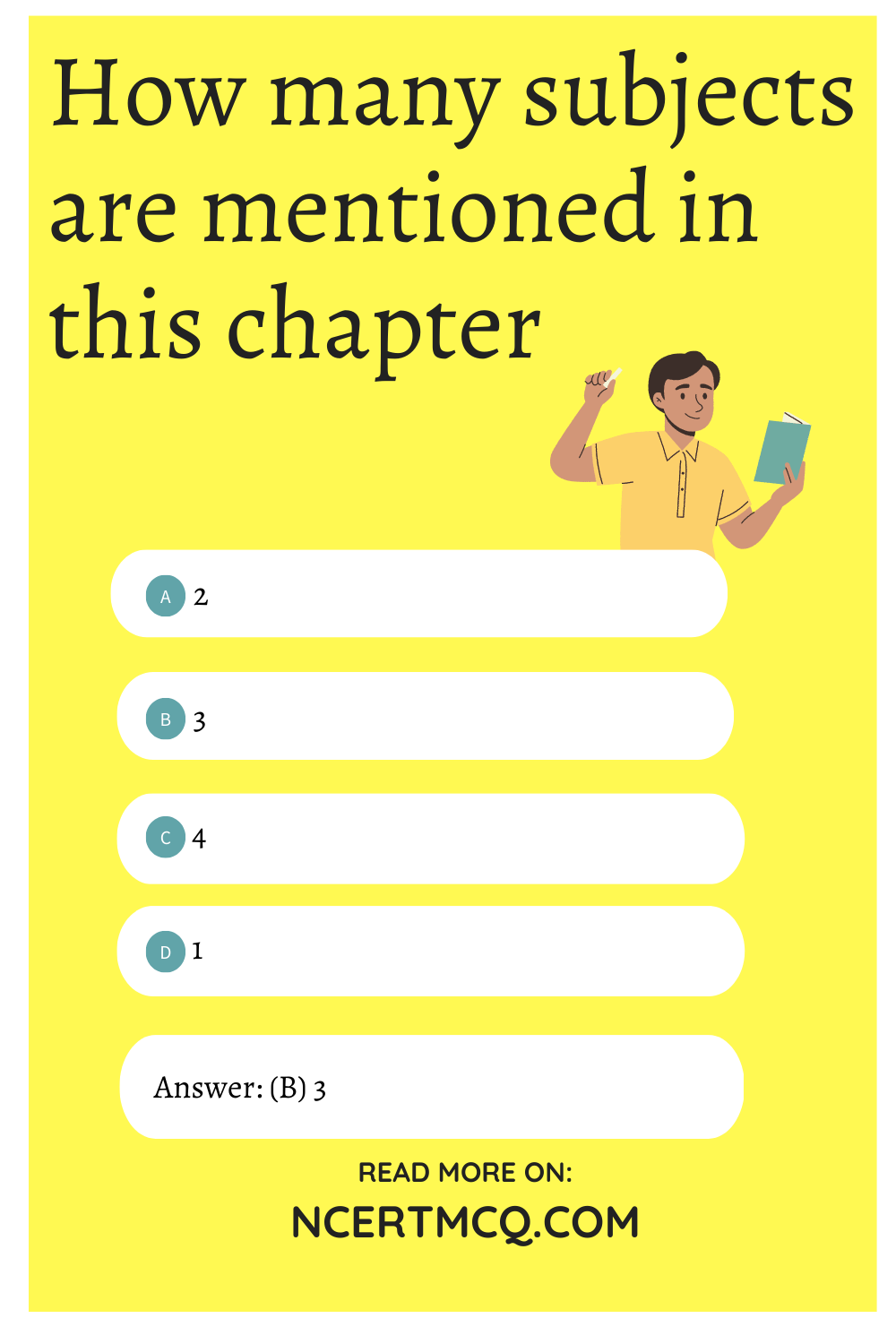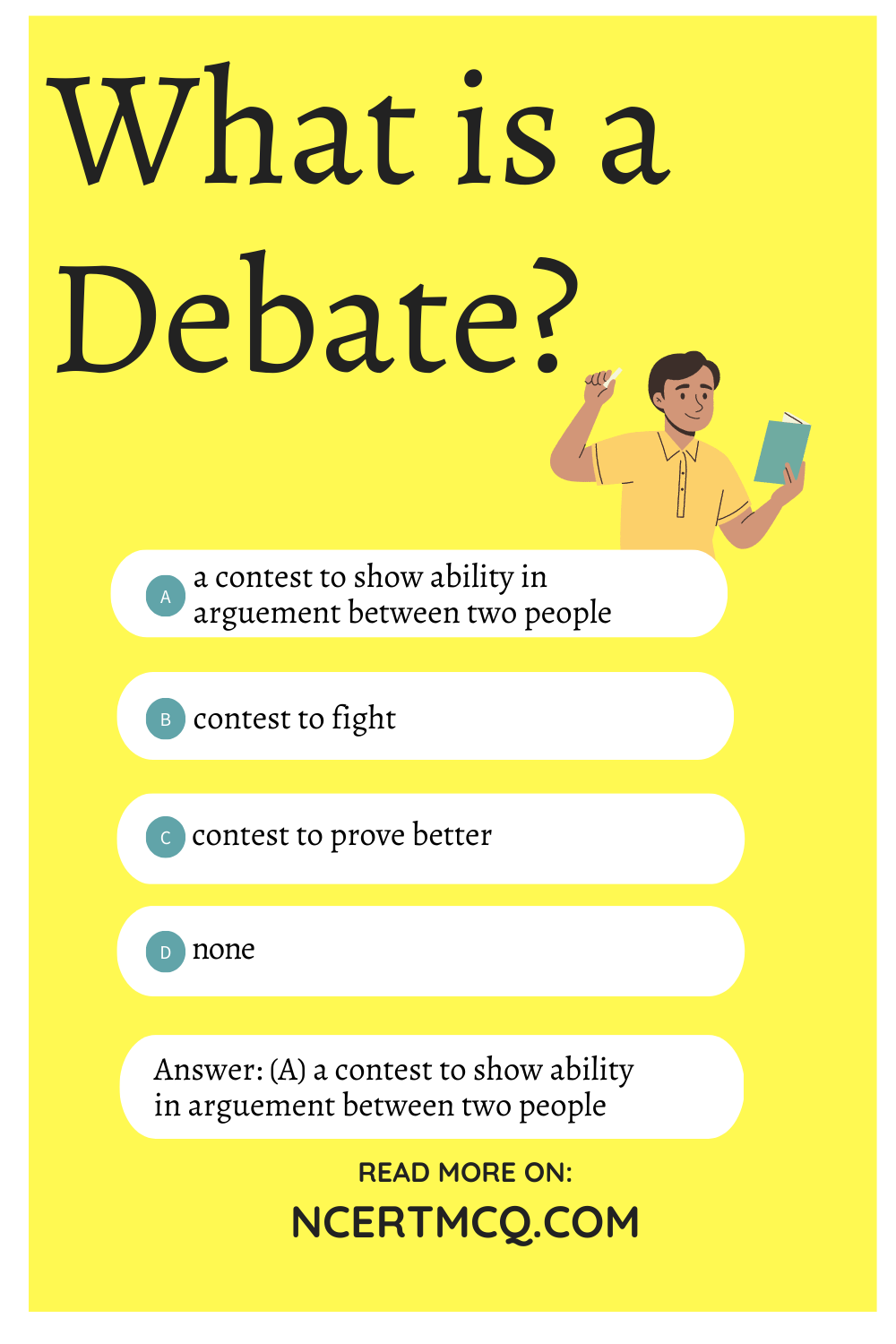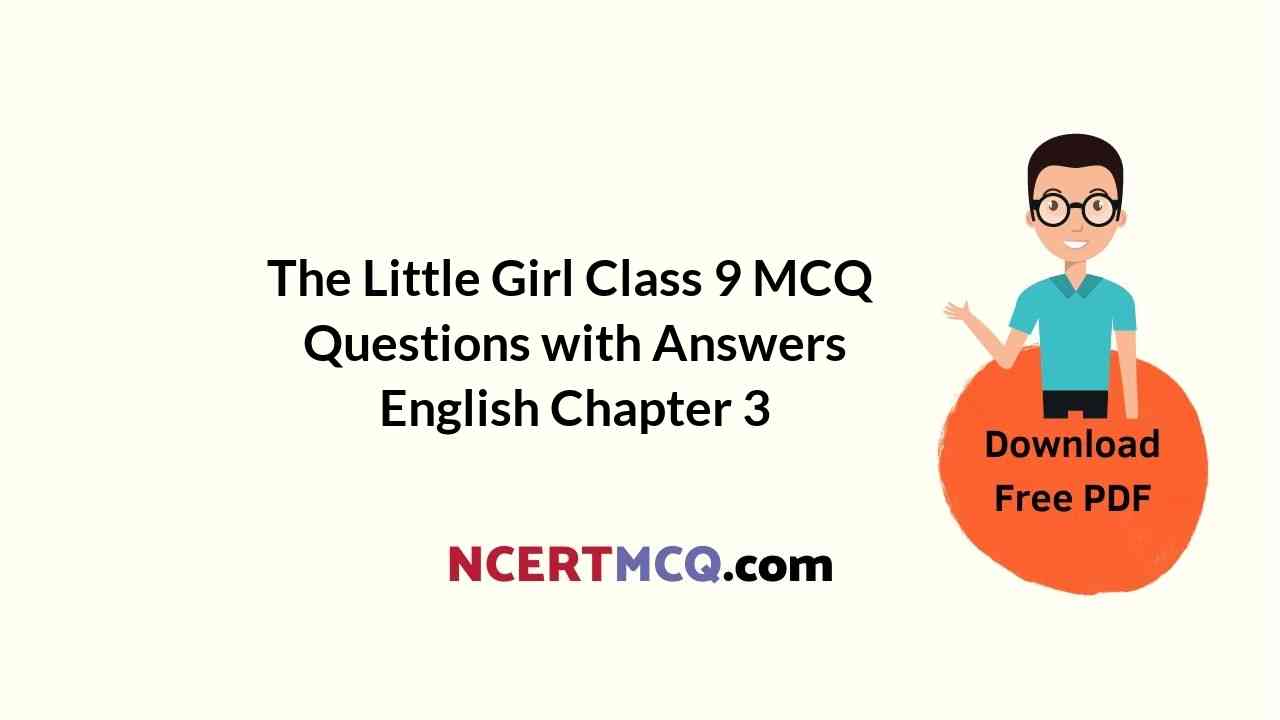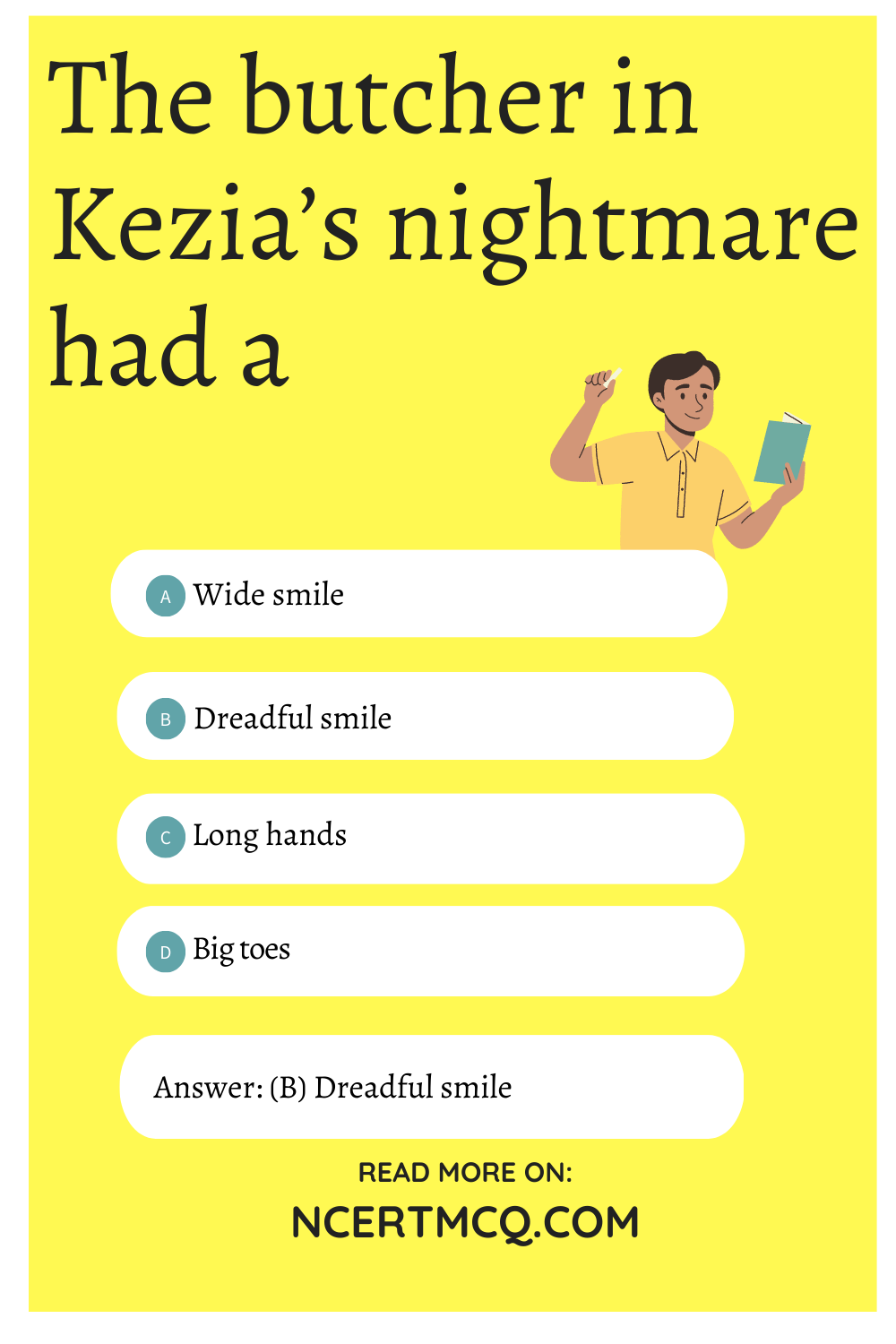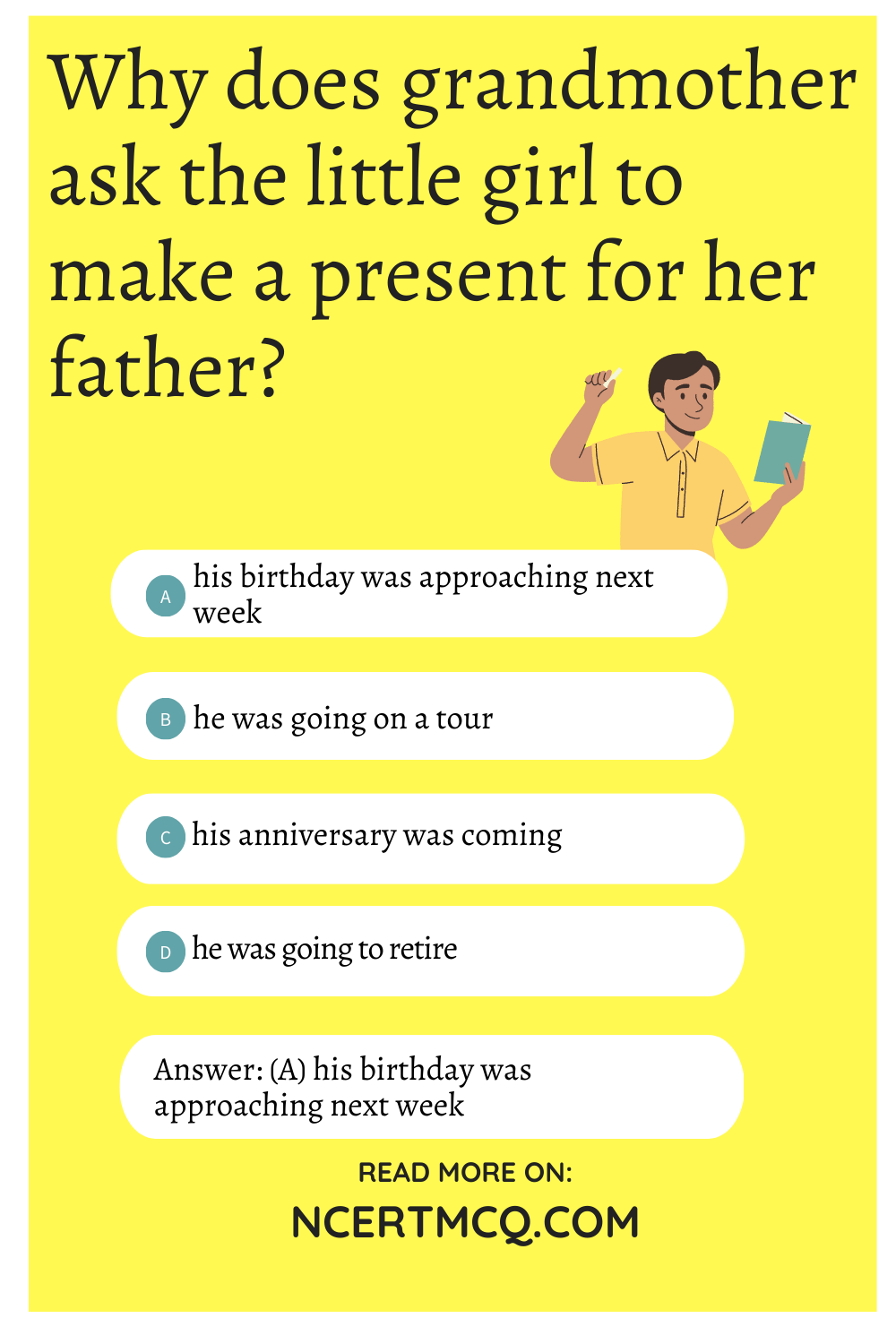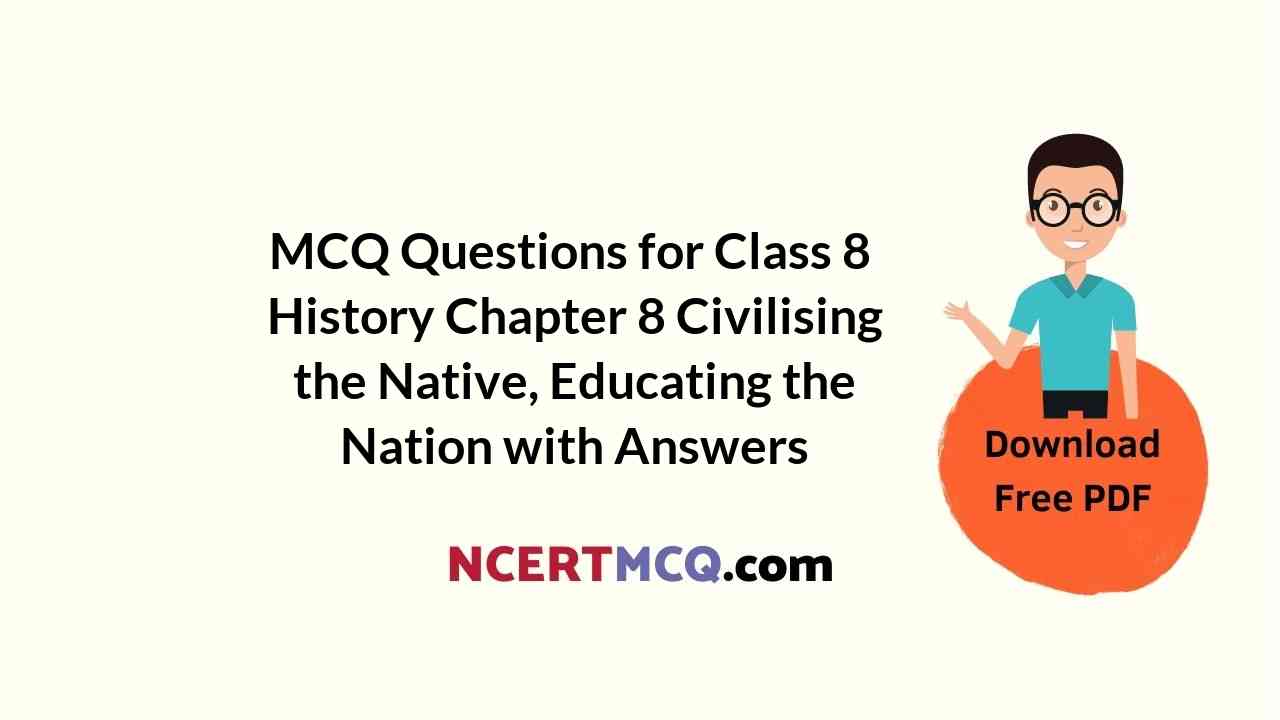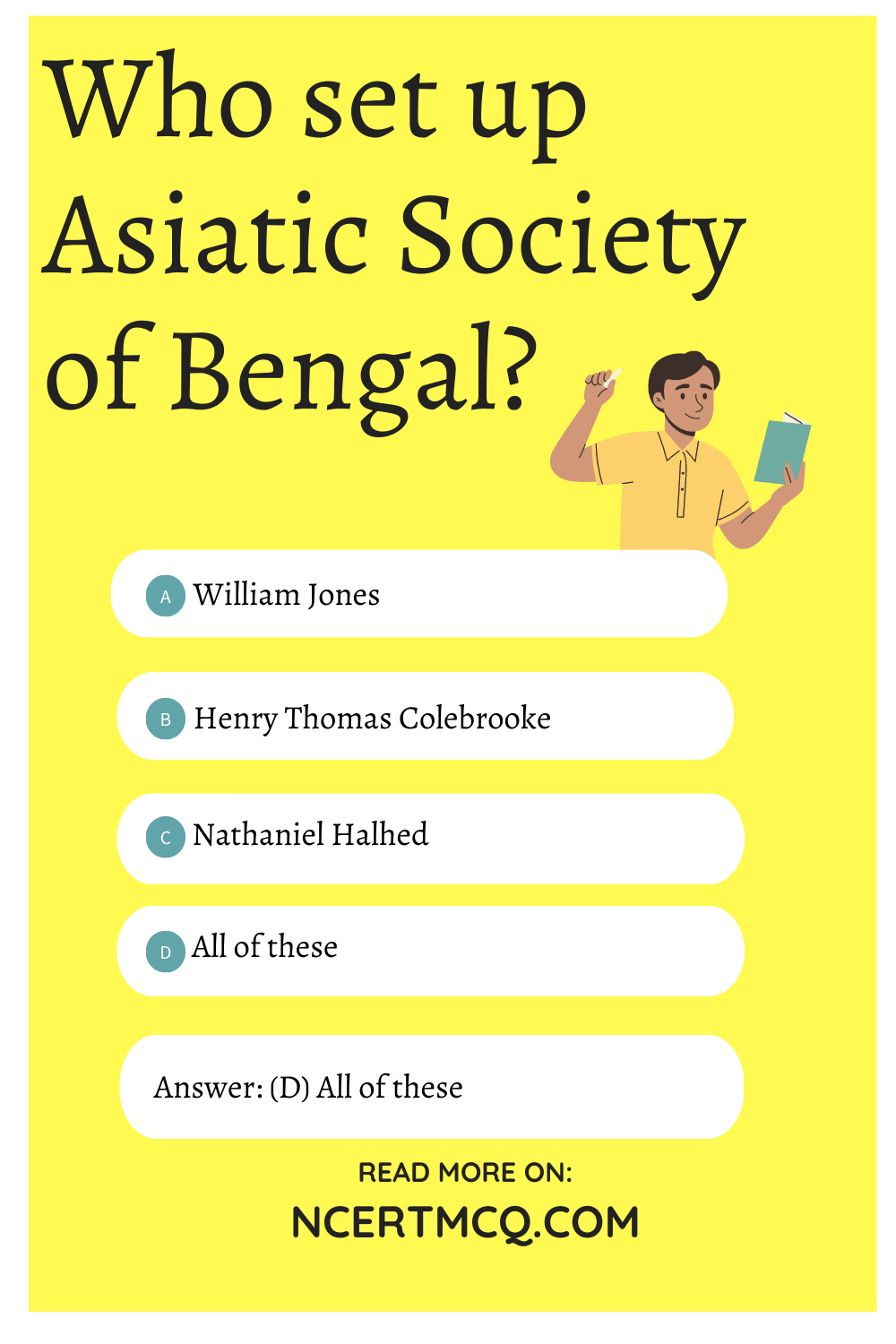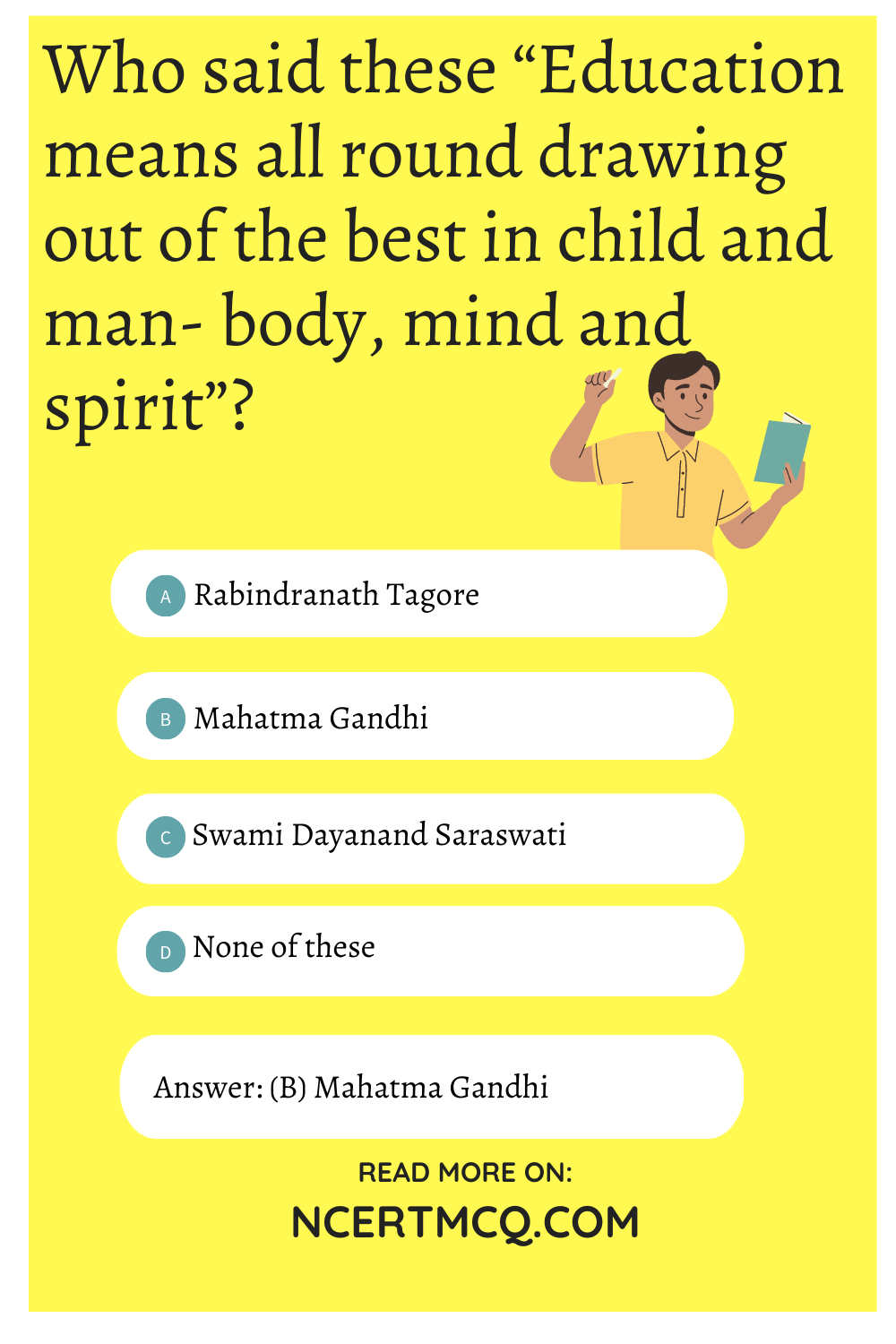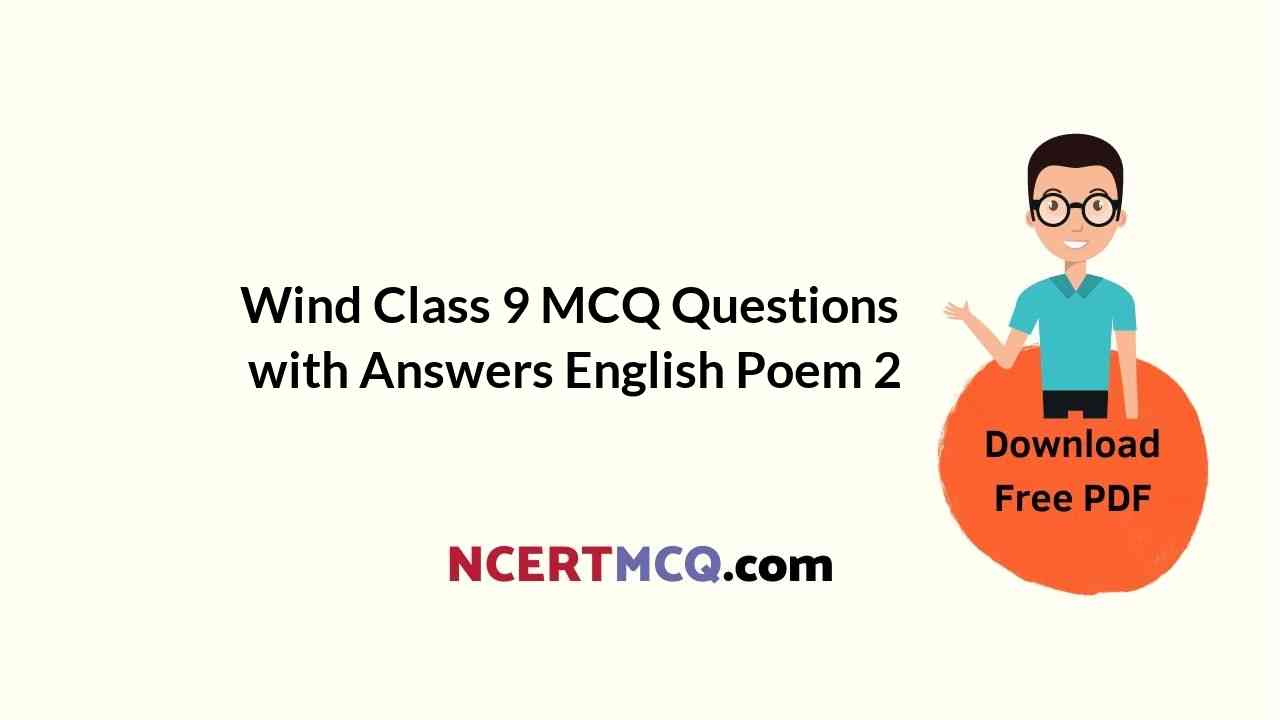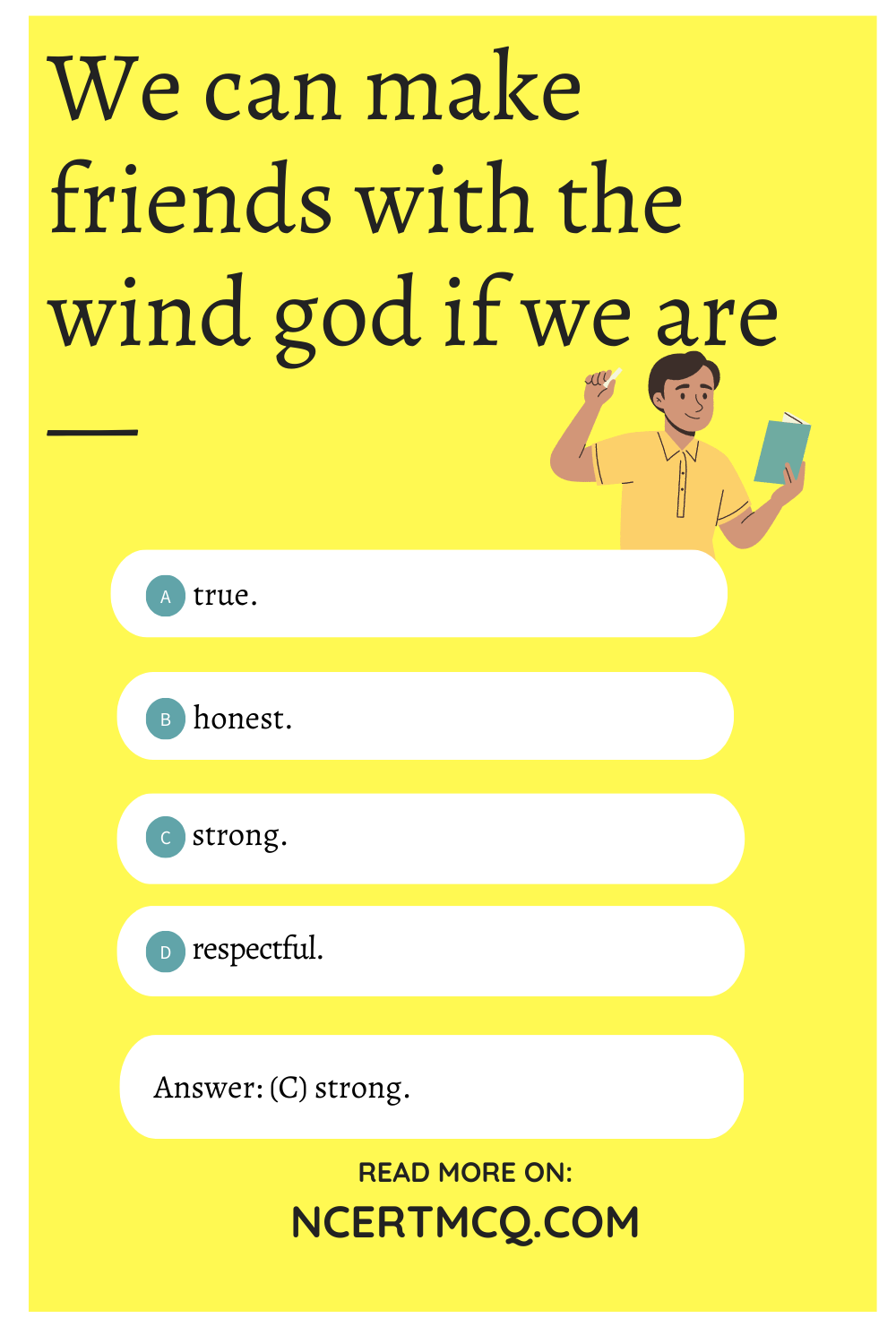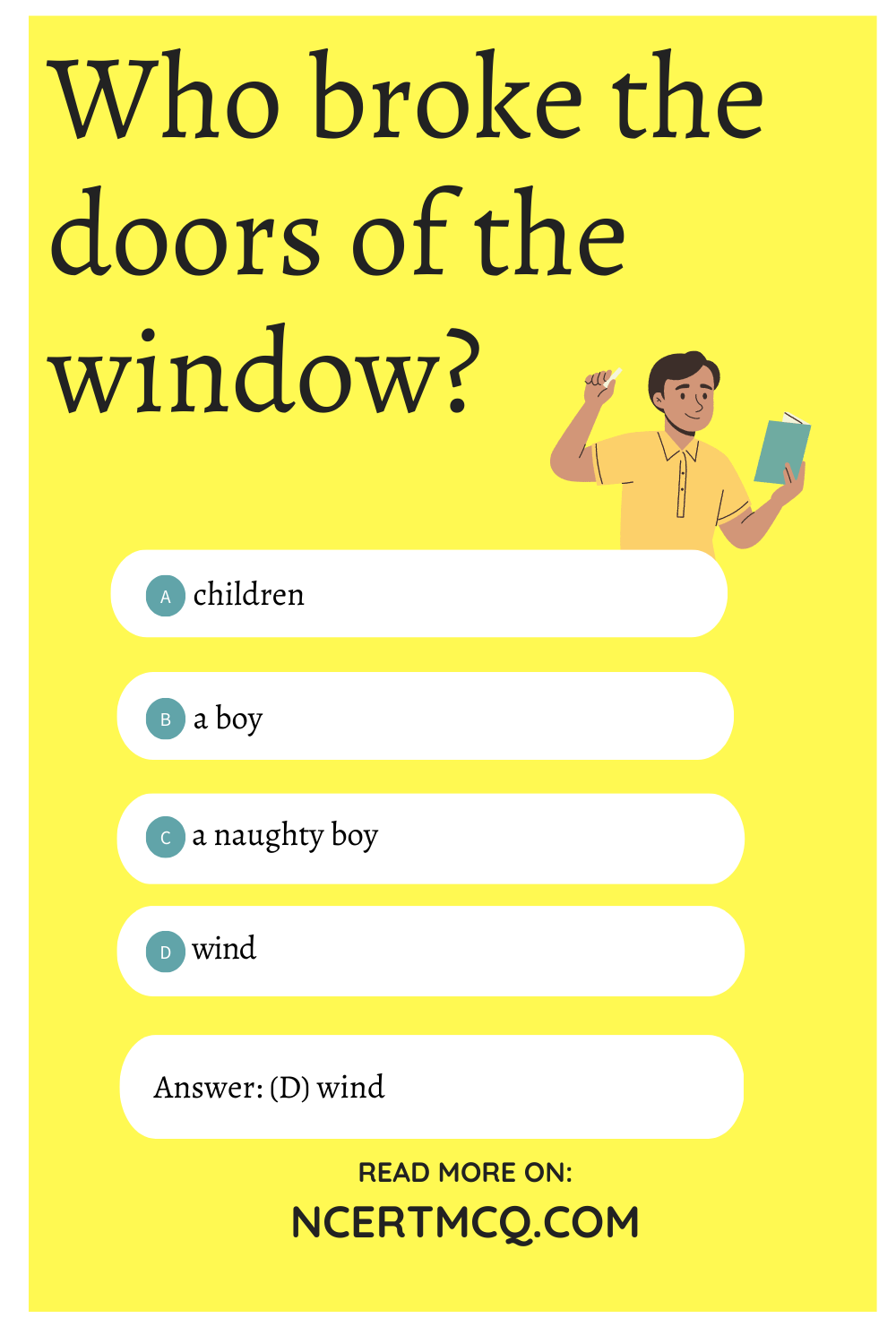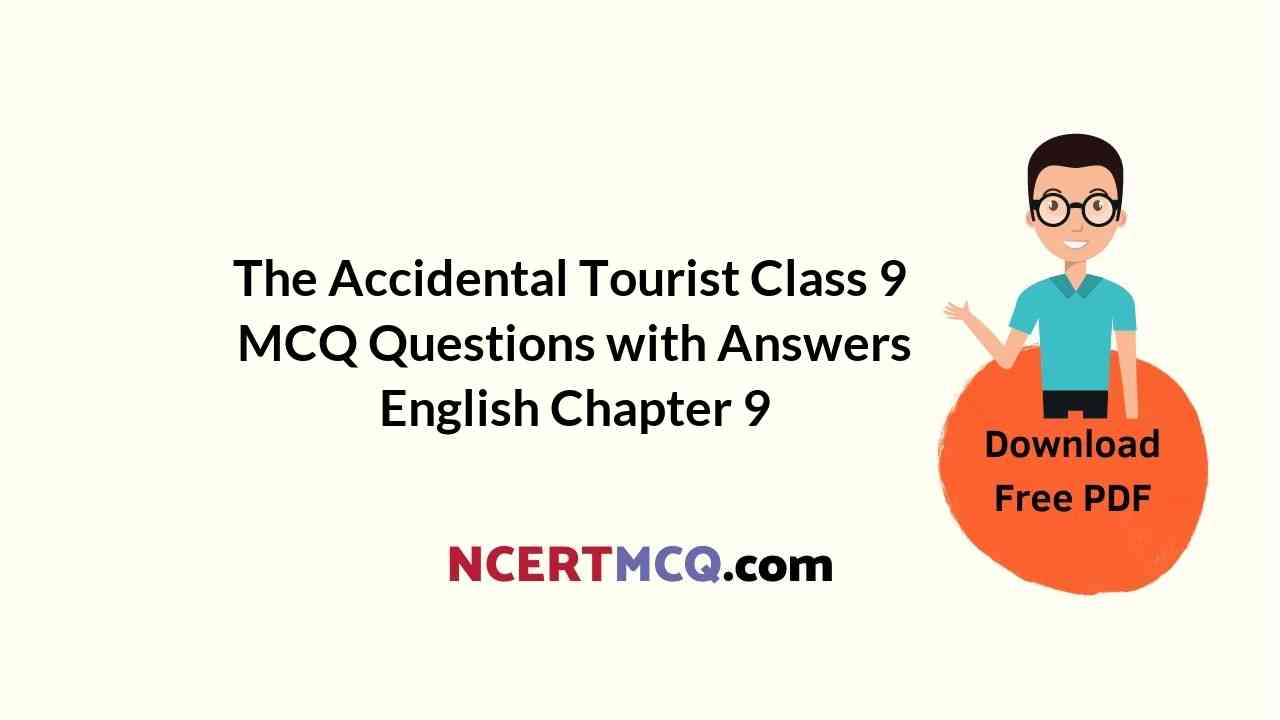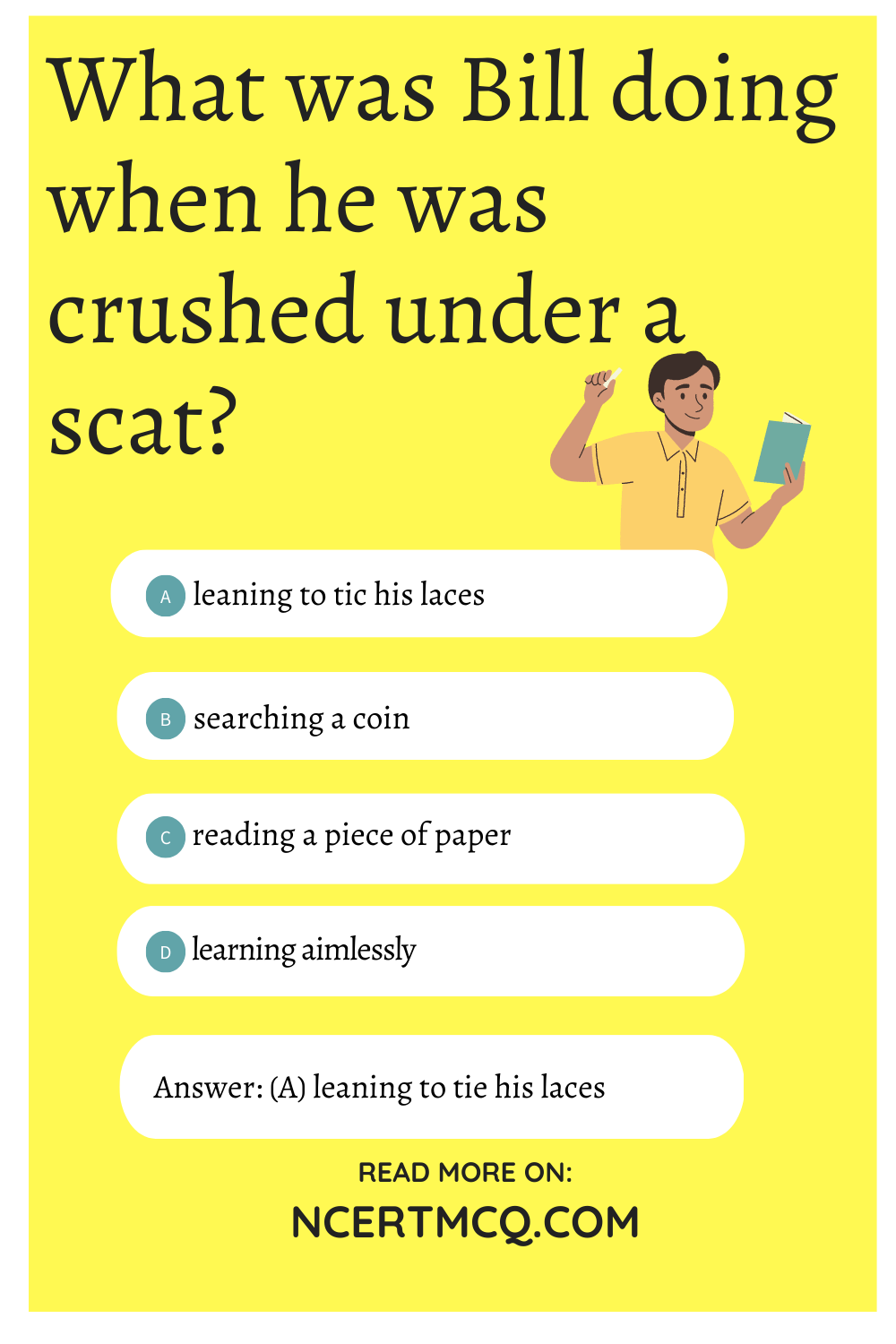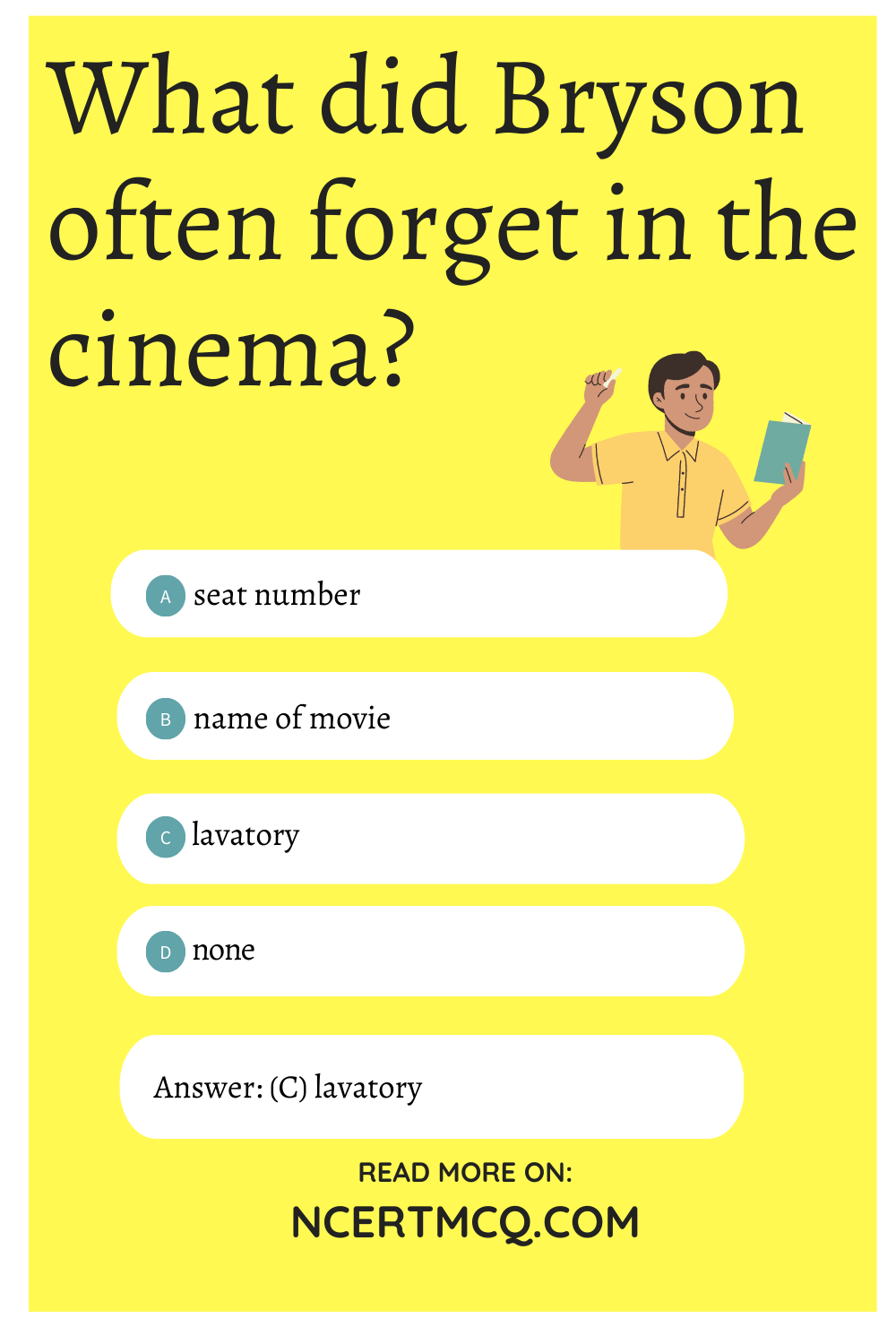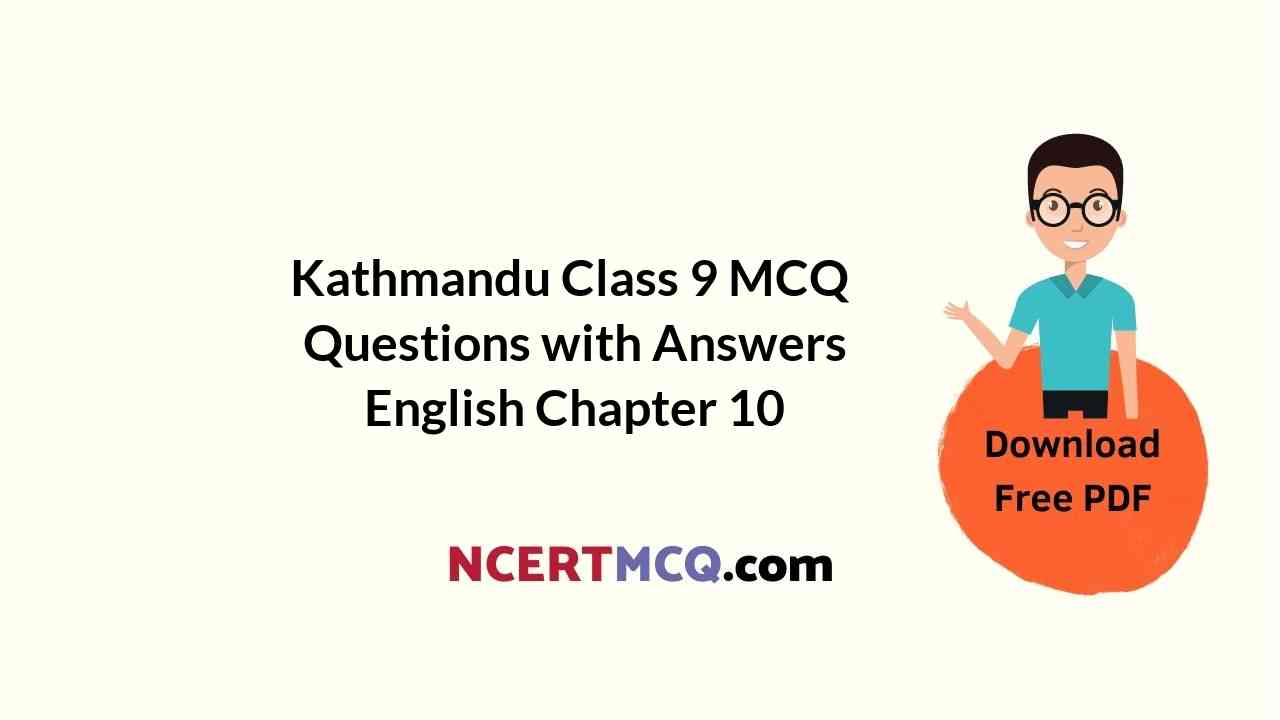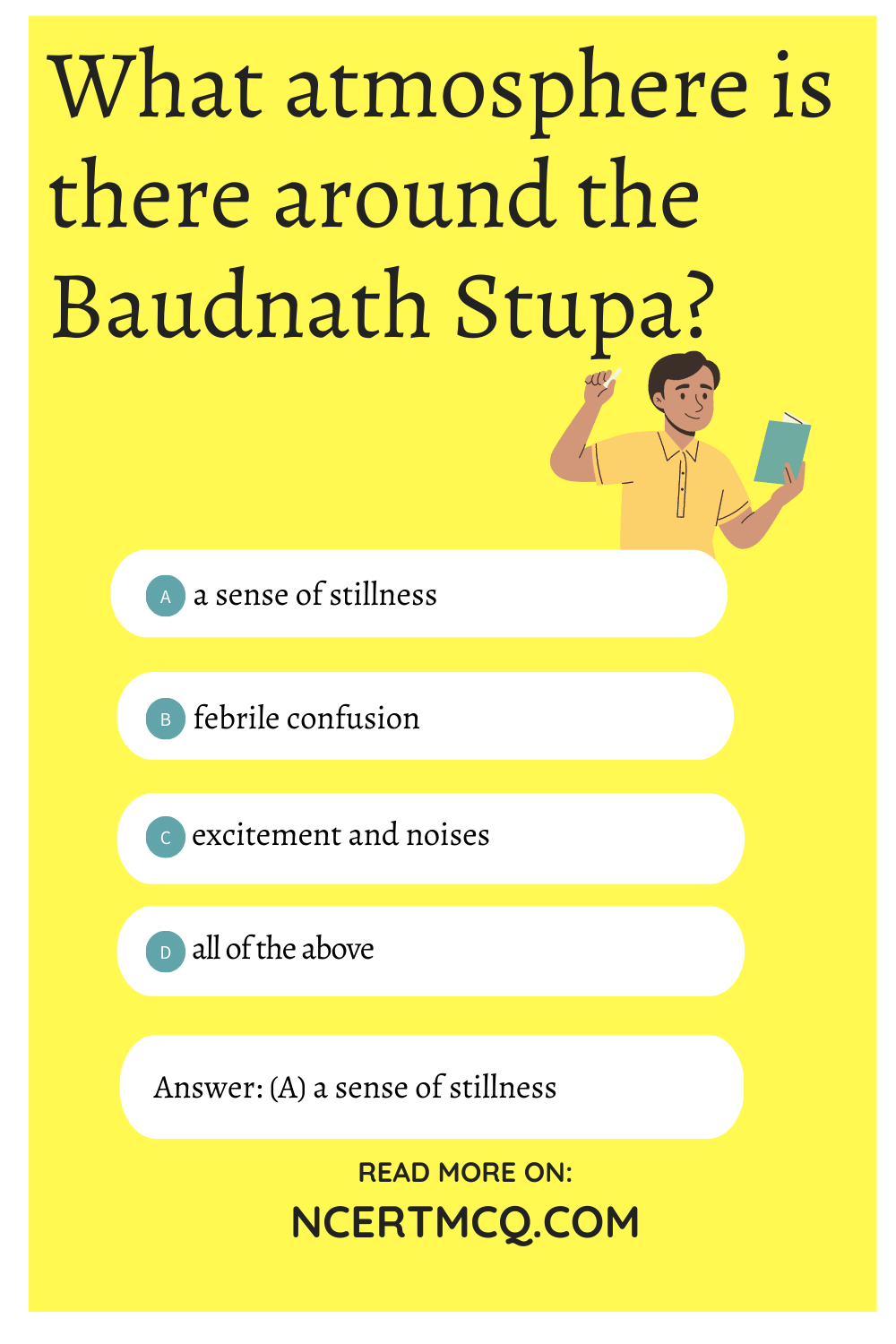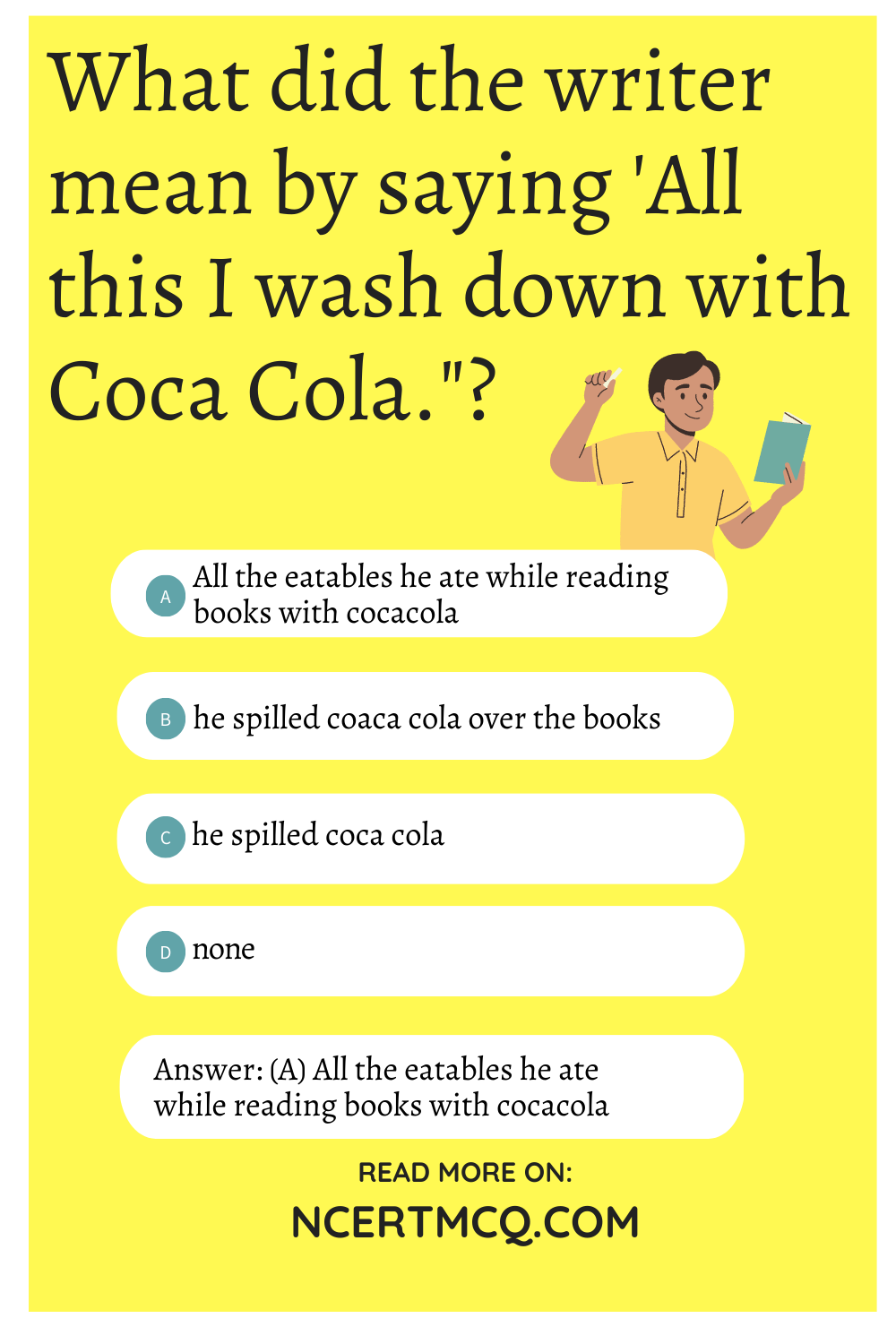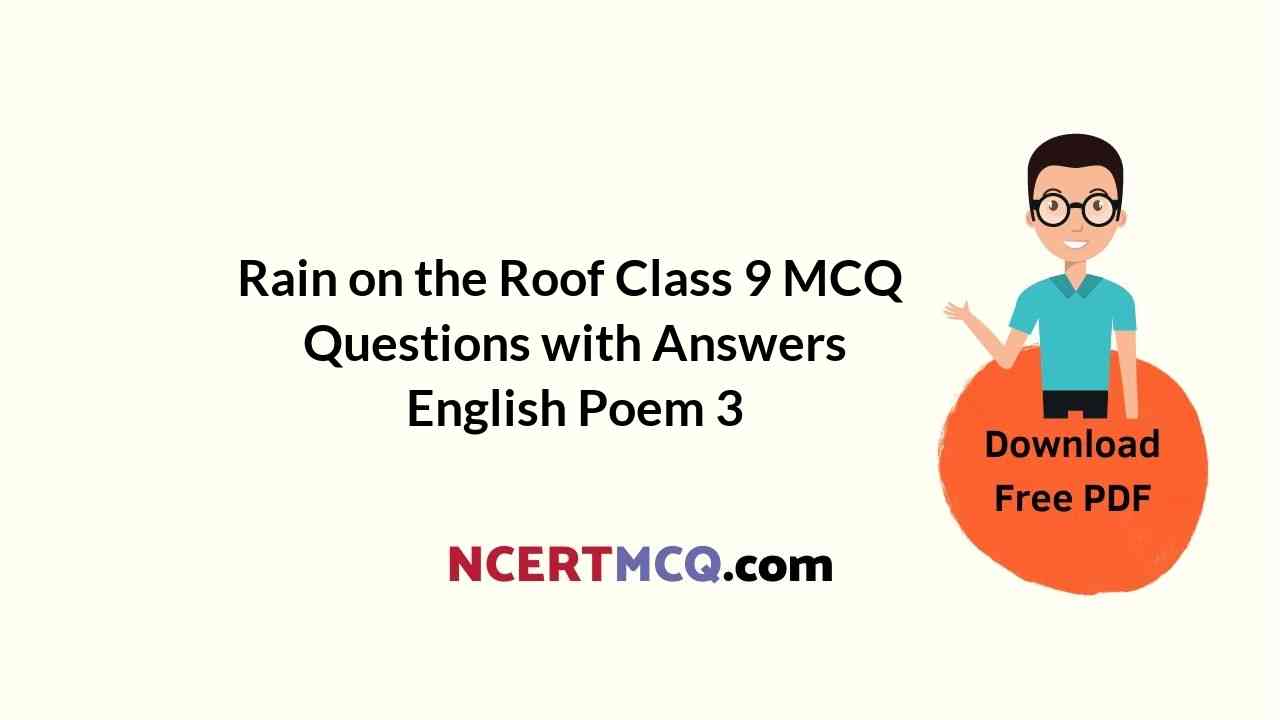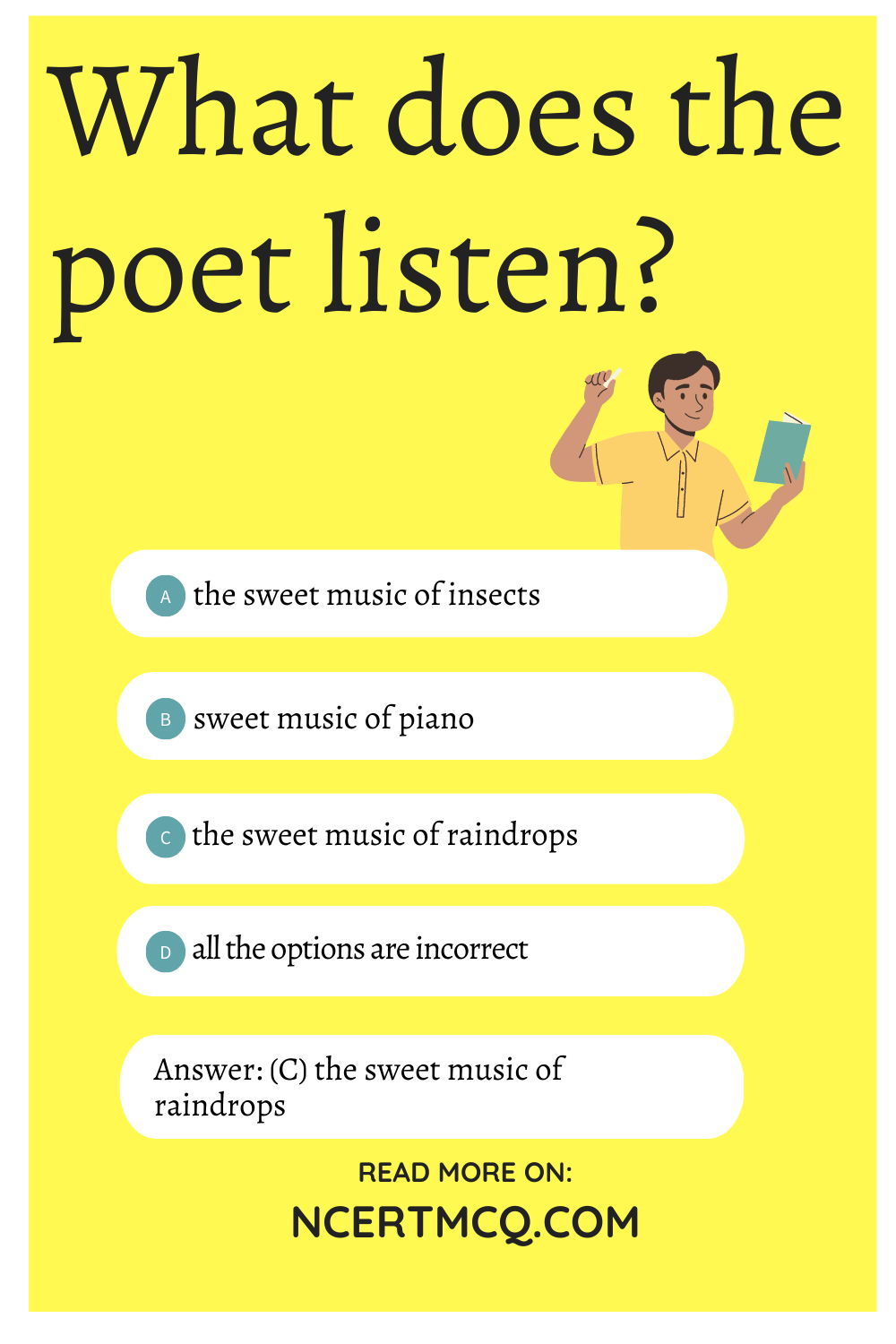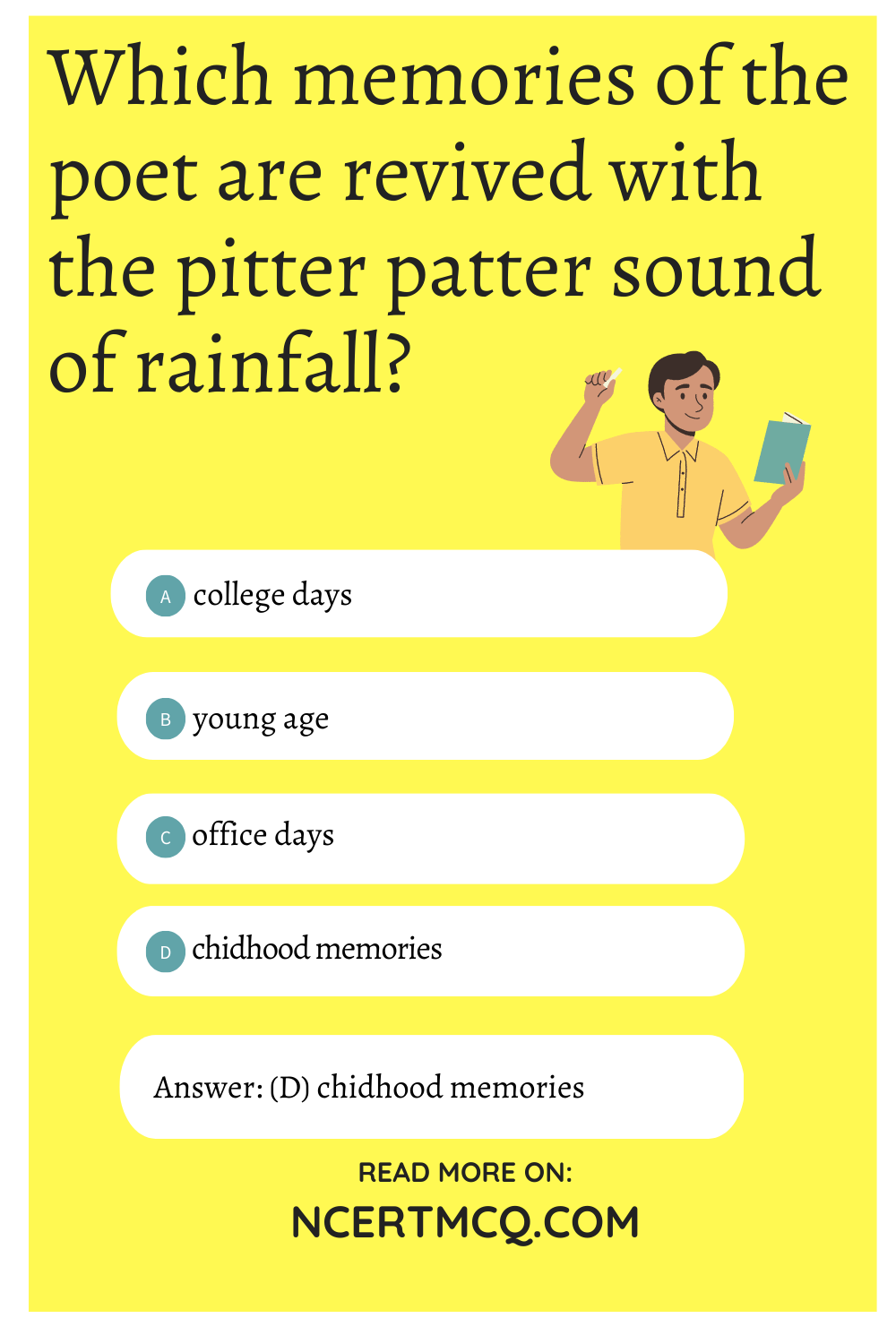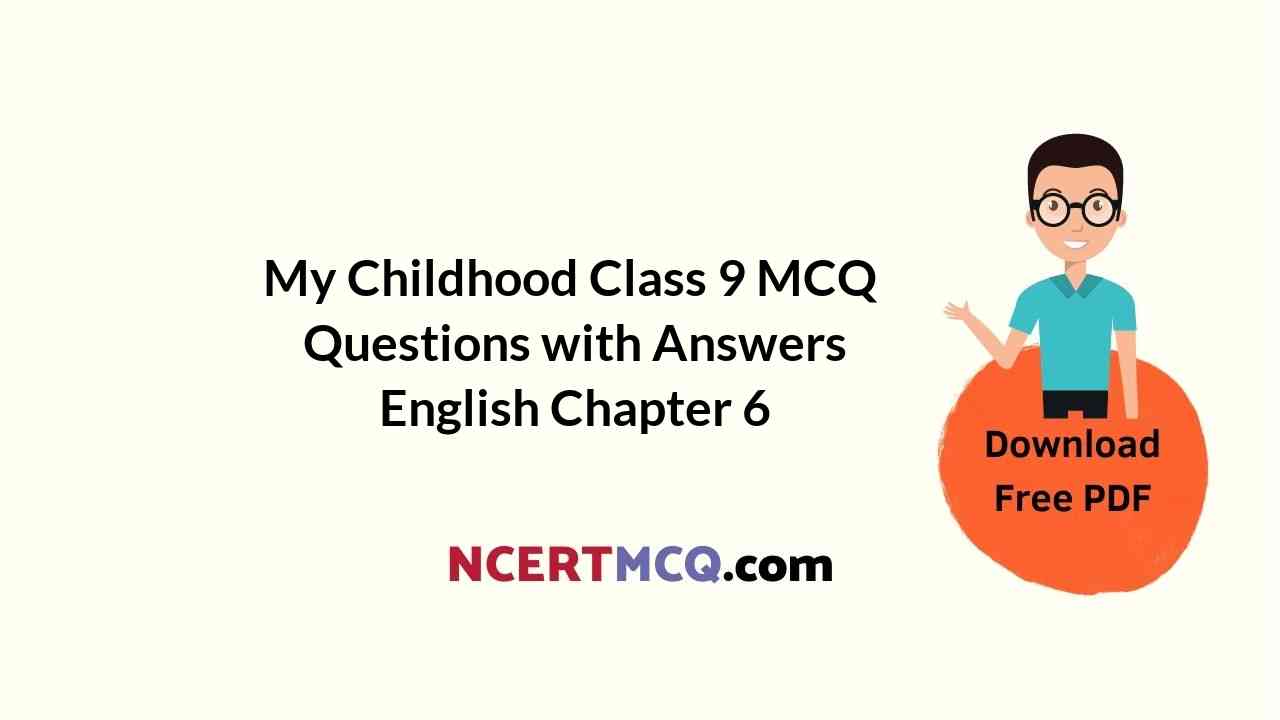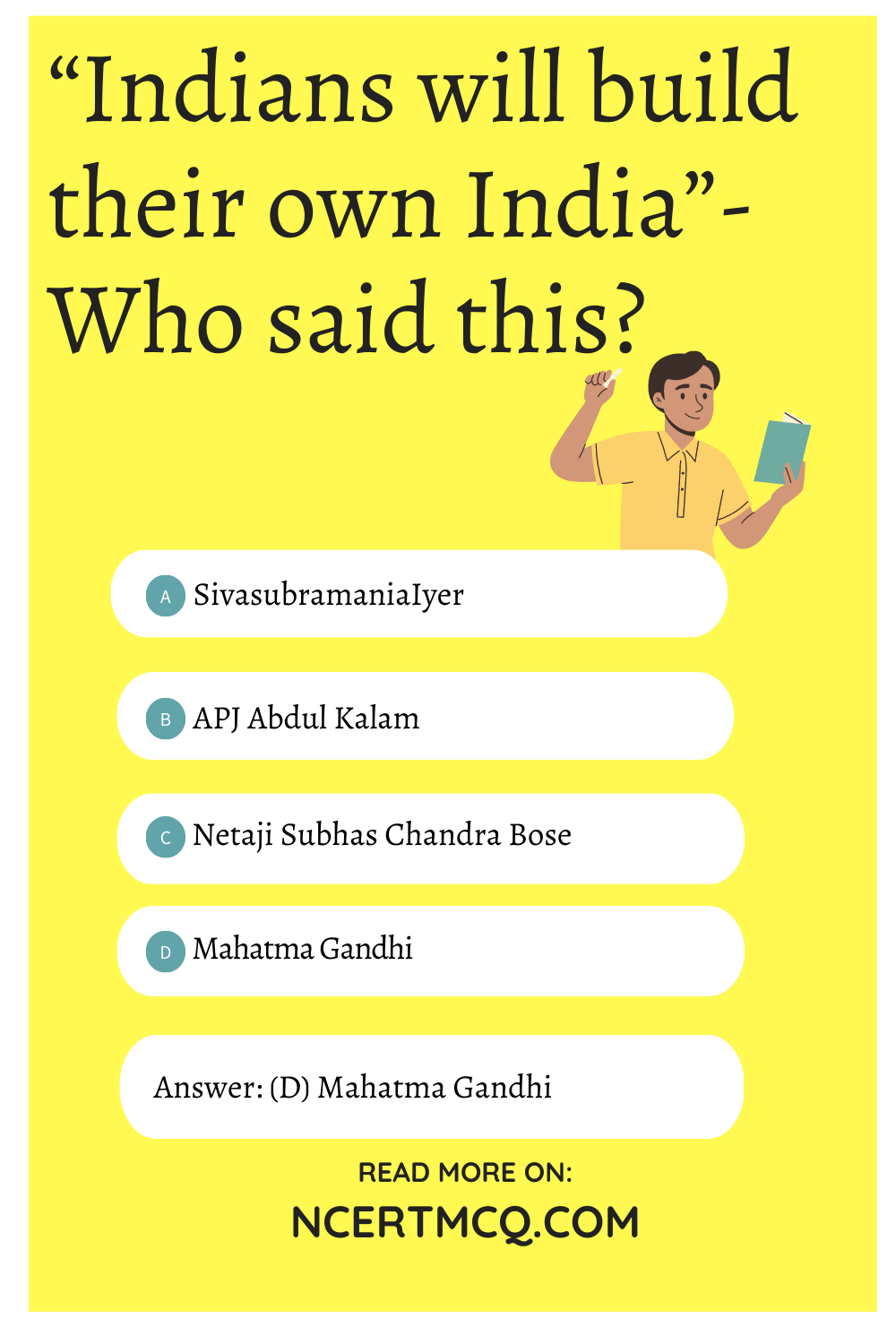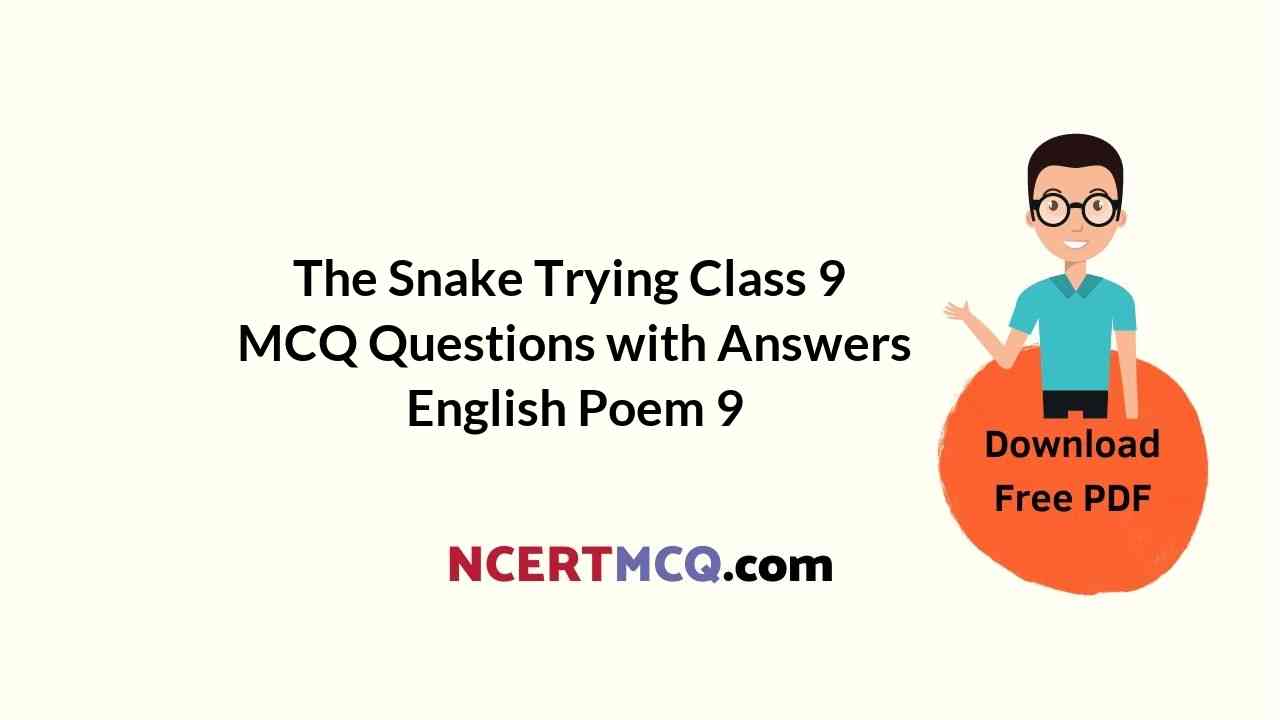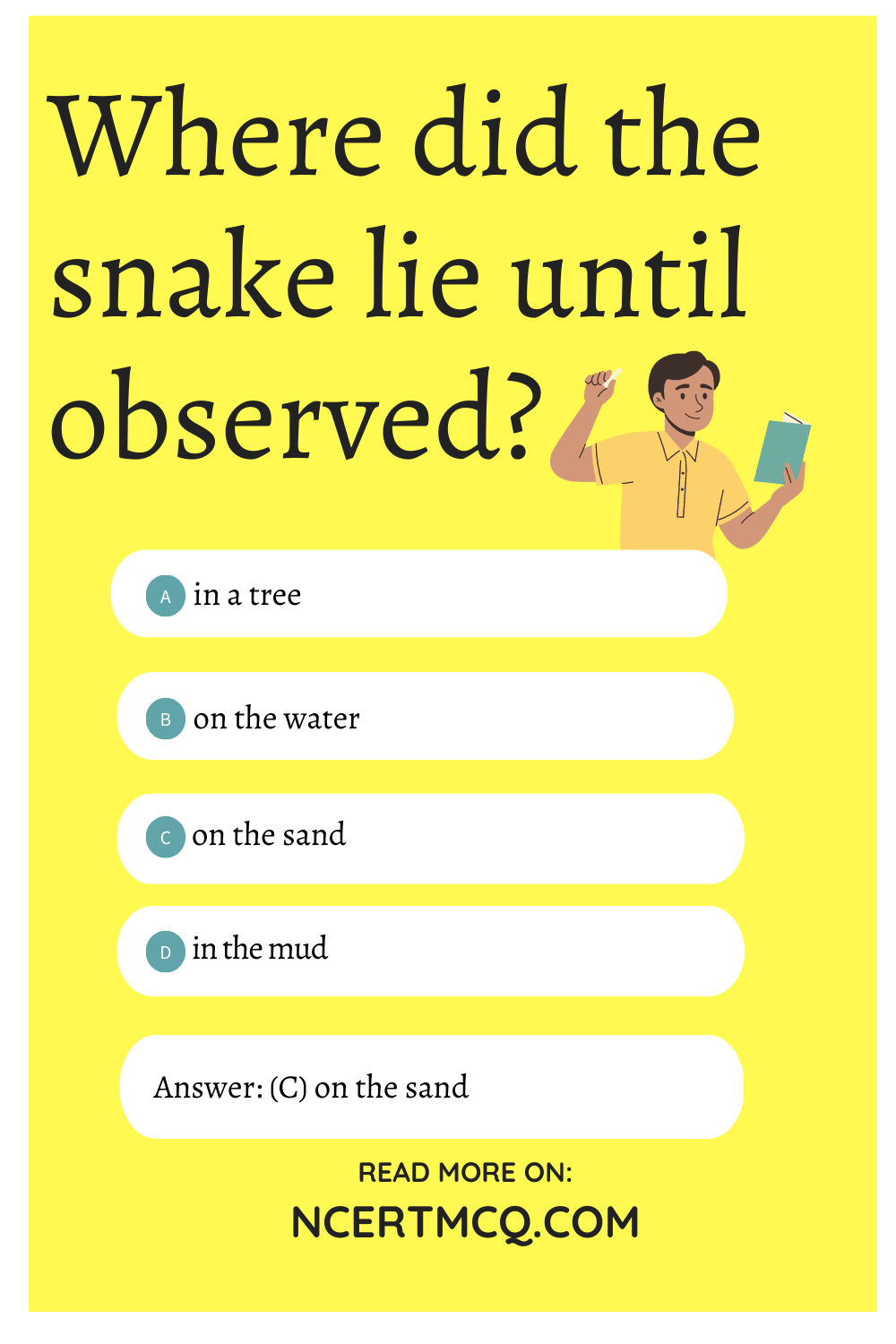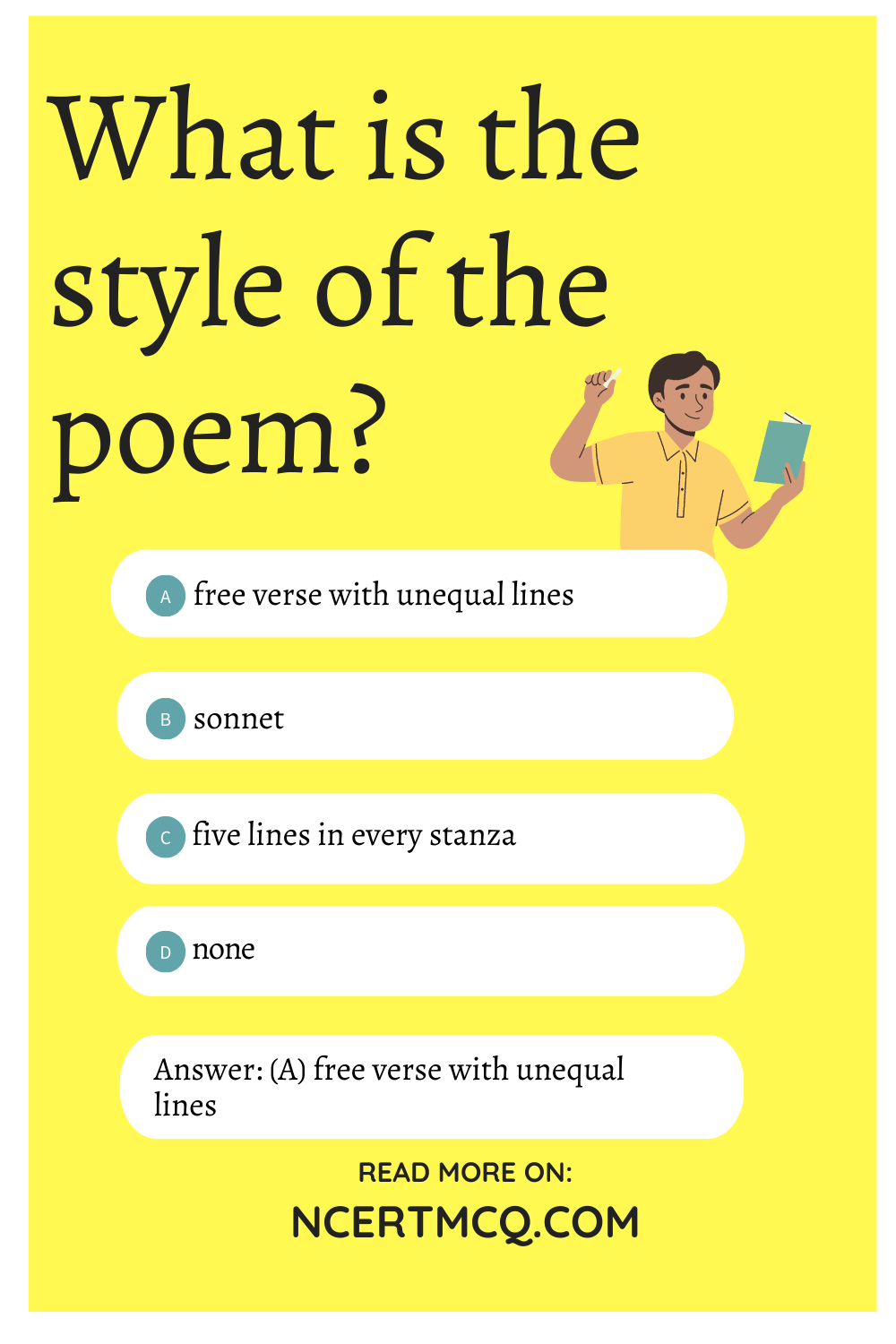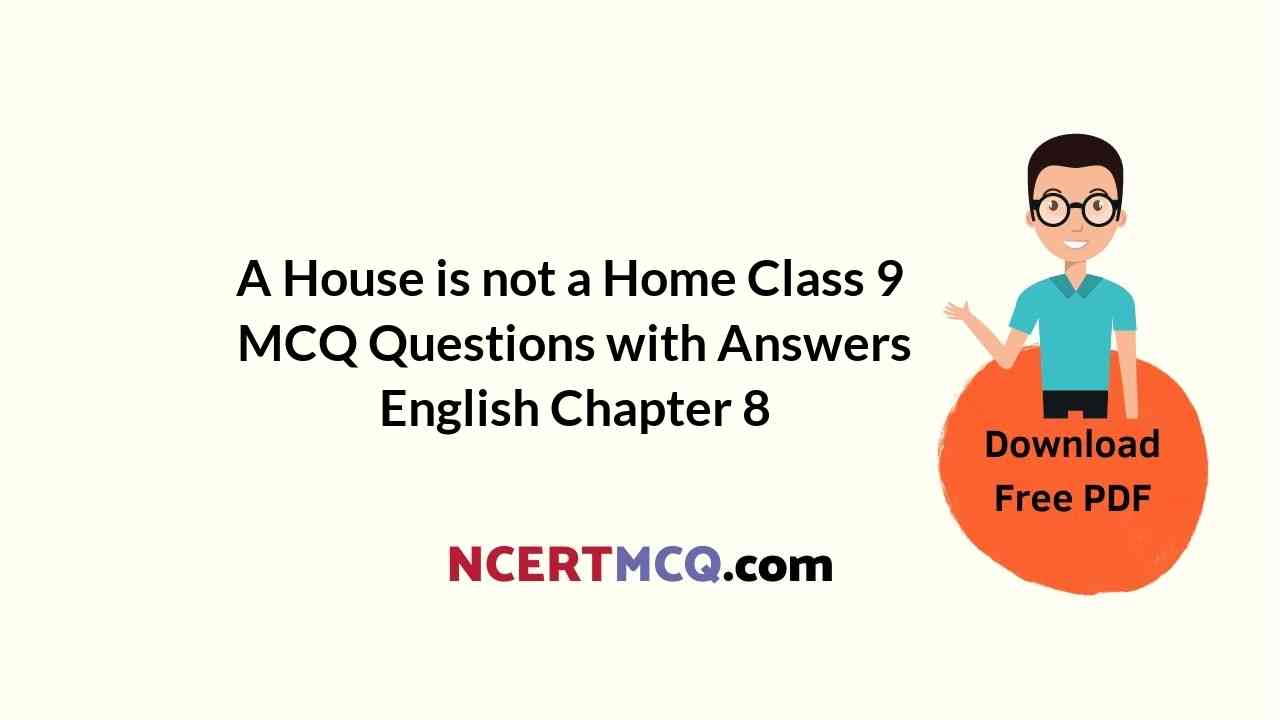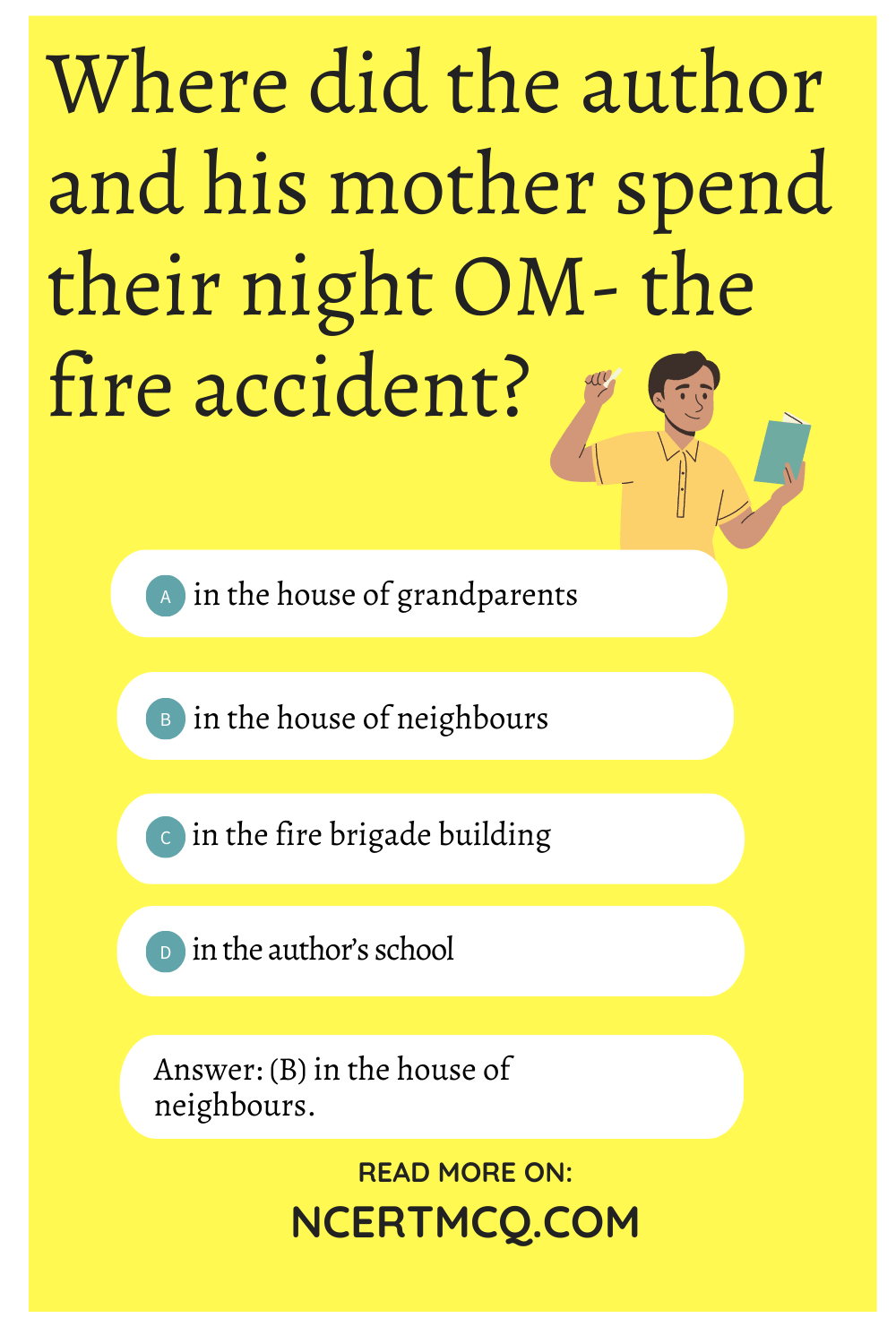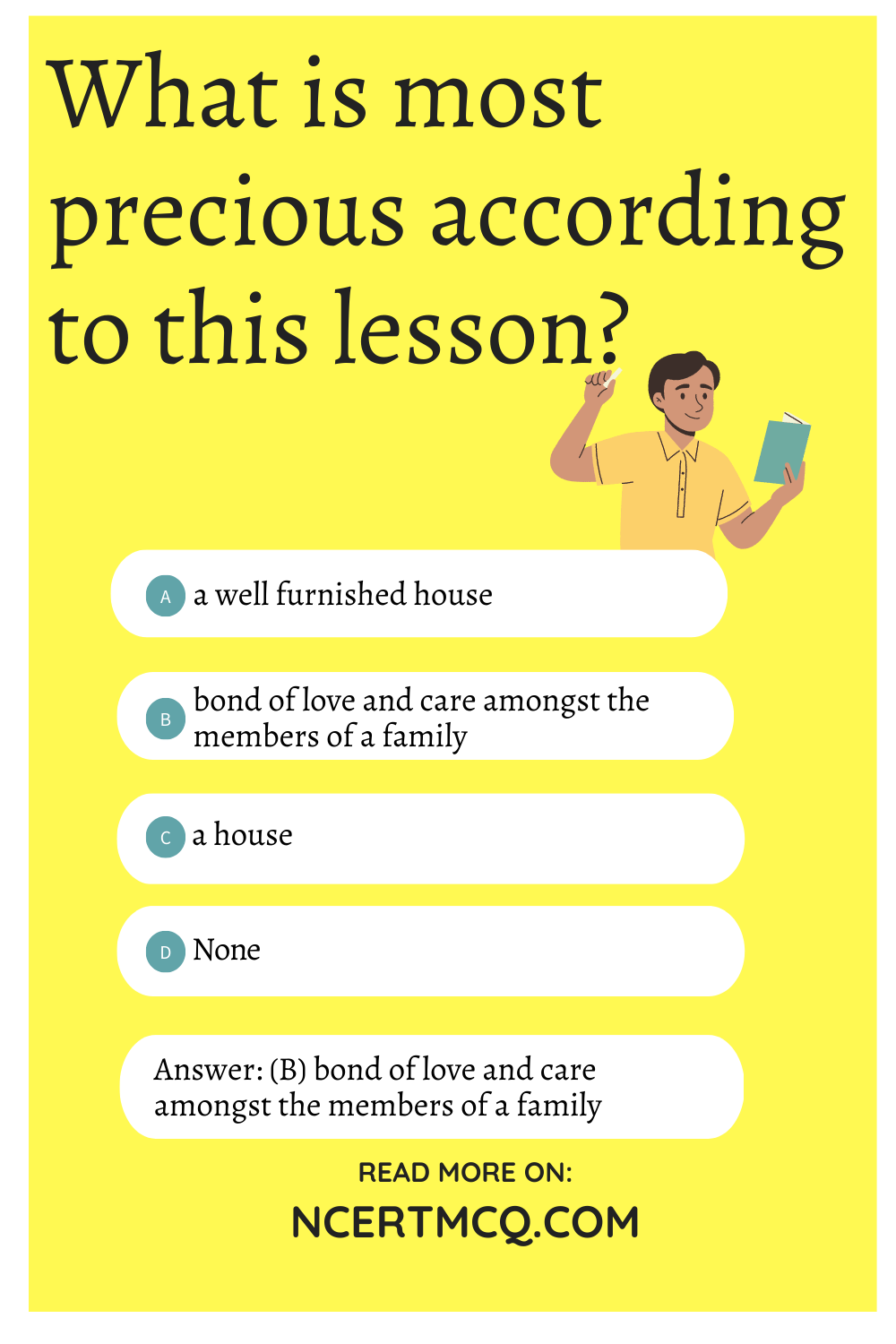Check the below Online Education NCERT MCQ Questions for Class 9 English Moments Chapter 1 The Lost Child with Answers Pdf free download. MCQ Questions for Class 9 English with Answers were prepared based on the latest exam pattern. We have provided The Lost Child Class 9 English MCQs Questions with Answers to help students understand the concept very well. https://ncertmcq.com/mcq-questions-for-class-9-english-with-answers/
MCQ Questions for Class 9 English Moments Chapter 1 The Lost Child with Answers
The Lost Child MCQ Class 9 Chapter 1 Question 1.
What did the lost child say when a man asked him, “Whose baby are you ?”
(a) The child said, “I want my father, I want my mother.”
(b) The child said, “I want to go home.”
(c) The child said, “I live in a village.”
(d) The child said, “I am feeling hungry.
Answer
Answer: (a) Tfie child said, “I want my father, I want my mother.”
The Lost Child Class 9 MCQ Chapter 1 Question 2.
At what point in the fair did the child lose his parents?
(a) At the sweetmeat-shop.
(b) At the flower-shop.
(c) At the balloon-sellers.
(d) At the roundabout
Answer
Answer: (d) At the roundabout
MCQ Of The Lost Child Class 9 Chapter 1 Question 3.
The child wanted to have balloons yet he walked on. Why?
(a) He knew his parents would never buy him the balloons.
(b) He knew his parents would say he was too old to play with such toys.
(c) Both A and B above.
(d) Neither A nor B.
Answer
Answer: (c) Both A and B above.
MCQ Questions For Class 9 English Moments Chapter 1 Question 4.
What did the child want to have at the flower shop?
(a) A garland of roses.
(b) A garland of violets.
(c) A garland of gulmohur.
(d) A garland of lilies.
Answer
Answer: (c) A garland of gulmohur.
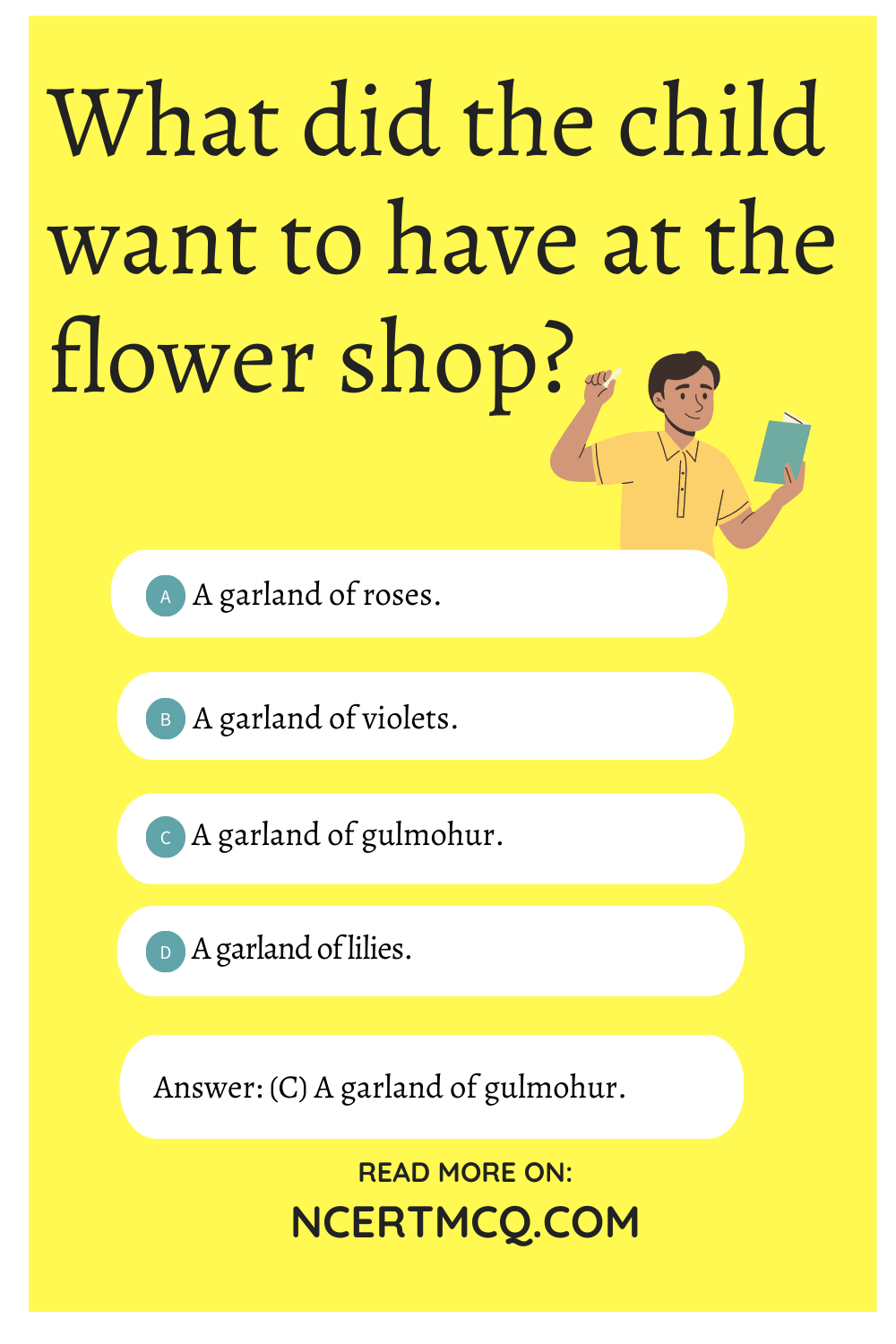
The Lost Child MCQs Class 9 Chapter 1 Question 5.
What did the child say as they passed by sweetmeat-shop?
(a) He said, ‘I want that burfi.’
(b) He said, ‘I want that jalebi.’
(c) He said, ‘I want that rasagulla.’
(d) He said, ‘I want that gulab jamun
Answer
Answer: (a) He said, ‘I want that burfi.’
Class 9 The Lost Child MCQ Chapter 1 Question 6.
What shop was there at the entrance of the fair?
(a) A toy shop.
(b) A balloon shop.
(c) A- sweetmeat-shop.
(d) A flower shop
Answer
Answer: (c) A- sweetmeat-shop.
The Lost Child MCQ With Answers Class 9 Chapter 1 Question 7.
What did the child start doing when a shower of young flowers fell on him?
(a) He started collecting the flowers from the ground.
(b)He started gathering the raining petals in his hands.
(c) He started dancing with joy.
(d) He started climbing up the flowering tree
Answer
Answer: (b) He started gathering the raining petals in his hands.
Lost Child Class 9 MCQ Chapter 1 Question 8.
What did the parents do when they reached a shady grove?
(a) They collected some flowers for the child.
(b) They lay down to rest for some time.
(c)They sat down on the edge of a well.
(d) They listened to the cooing of doves.
Answer
Answer: (c) They sat down on the edge of a well.
The Lost Child MCQ Questions Class 9 Chapter 1 Question 9.
Who said to the child, “Come, child, come, come on to the footpath.”?
(a) The father.
(b) The mother
(c) Both the father and the mother.
(d) Neither the father nor the mother.
Answer
Answer: (b) The mother
Class 9 English The Lost Child MCQ Chapter 1 Question 10.
How did the flowering mustard-field look?
(a) White like silver.
(b) Red like a rose.
(c) Pale like melting gold.
(d) Lovely like a rainbow.
Answer
Answer: (c) Pale like melting gold.
The Lost Child MCQ Class 9 Chapter 1 Question 11.
What did the father do when the child said, “I want that toy.”?
(a) He at once bought the toy for the child.
(b) He said, “Look, child, what is before you.
(c) He looked at the child red-eyed.
(d) He began to beat the child.
Answer
Answer: (c) He looked at the child red-eyed.
Class 9 English Moments Chapter 1 MCQ Question 12.
What did the parents say when the child lagged behind?
(a) ‘Come, child, come.’
(b) ‘Come, or you’ll be lost.’
(c) ‘Come, have these toys.’
(d) ‘Come, we’re getting late.’
Answer
Answer: (a) ‘Come, child, come.’
Class 9 Moments Chapter 1 MCQ Question 13.
Who was the little boy going with?
(a) With his father.
(b) With his mother.
(c) With his father and mother.
(d) None of the above.
Answer
Answer: (c) With his father and mother.
MCQ Of Lost Child Class 9 Chapter 1 Question 14.
How were the people dressed for the festival?
(a) Shabbily.
(b) Daily.
(c) Carelessly.
(d) Scantily.
Answer
Answer: (b) Daily.
The Lost Child MCQ Online Test Class 9 Chapter 1 Question 15.
Why did the child say “No” to all the things he was earlier crying for?
(a) lost interest
(b) his interest was changed
(c) because being with parents was more important
(d) none
Answer
Answer: (c) because being with parents was more important
The Lost Child Extra Questions MCQ Class 9 Chapter 1 Question 16.
What does the child’s refusal to all the attractive things show towards the end?
(a) child lost his interest
(b) child’s obstinacy
(c) bond of love between child and parents is above everything.
(d) None
Answer
Answer: (c) bond of love between child and parents is above everything.
Class 9 English Chapter 1 Moments MCQ Questions Question 17.
Why were the parents holding the hand of their child?
(a) to protect him from the crowd
(b) because of their fears
(c) to help him
(d) None
Answer
Answer: (a) to protect him from the crowd
Question 18.
What is the theme of the story?
(a) Close bonding between parents and children
(b) village people are good
(c) we must go to village fairs
(d) None
Answer
Answer: (a) Close bonding between parents and children
Question 19.
What does the story show?
(a) working of a fair
(b) working of a village
(c) village people are good
(d) working of a child’s mind
Answer
Answer: (d) working of a child’s mind
Question 20.
How did the generous man try to calm down the child?
(a) showing him different toys
(b) taking him to rides
(c) talking to him and diverting his attention
(d) All
Answer
Answer: (d) All
Question 21.
What did the child realize?
(a) The fair was charming
(b) the toys were attractive
(c) that parents are the most valuable asset
(d) None
Answer
Answer: (c) that parents are the most valuable asset
Question 22.
What did the child do when he realized that he had lost his way?
(a) cried and ran here and there
(b) felt happy
(c) reported to the office
(d) none
Answer
Answer: (a) cried and ran here and there
Question 23.
What did the child want to eat at the fair?
(a) Burfi
(b) pastry
(c) ladoo
(d) jalebi
Answer
Answer: (a) Burfi
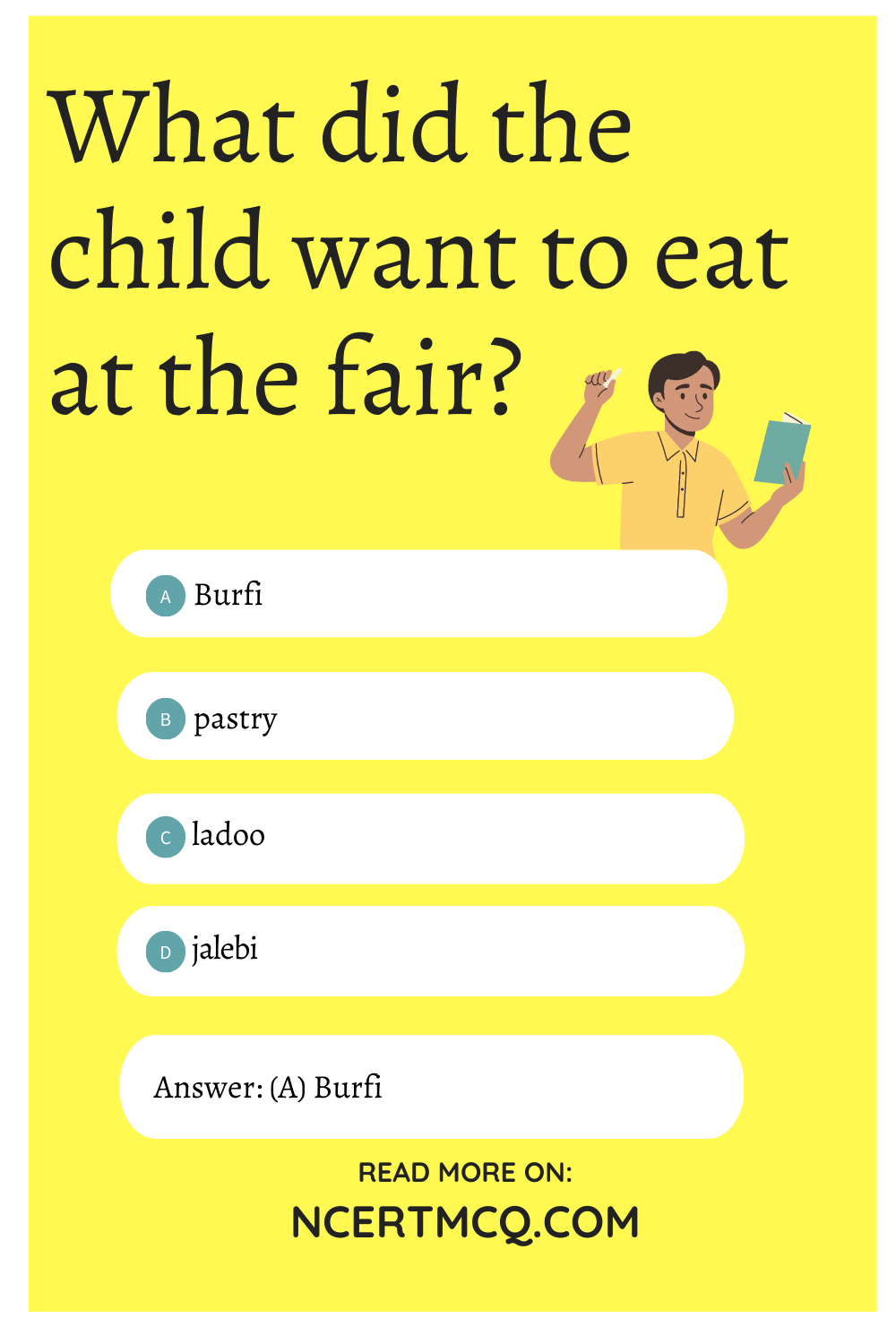
Question 24.
Why did the child lag behind his parents?
(a) because of the stops he took to look closely at his favourite things
(b) because he was walking slow
(c) because he was crying
(d) all
Answer
Answer: (a) because of the stops he took to look closely at his favourite things
We hope the given NCERT MCQ Questions for Class 9 English Moments Chapter 1 The Lost Child with Answers Pdf free download will help you. If you have any queries regarding CBSE Class 9 English The Lost Child MCQs Multiple Choice Questions with Answers, drop a comment below and we will get back to you soon.
